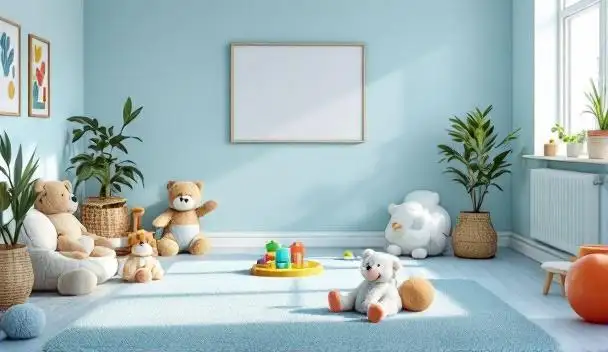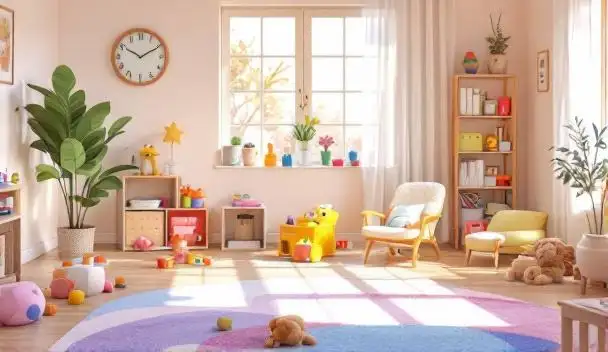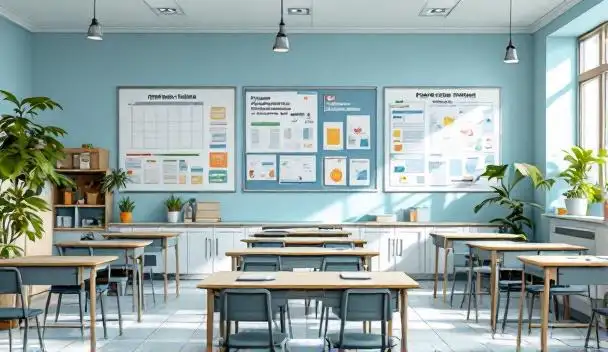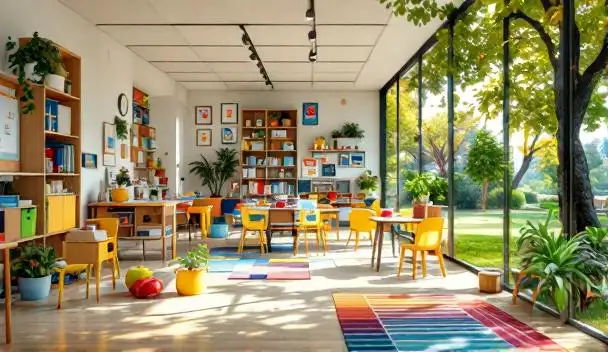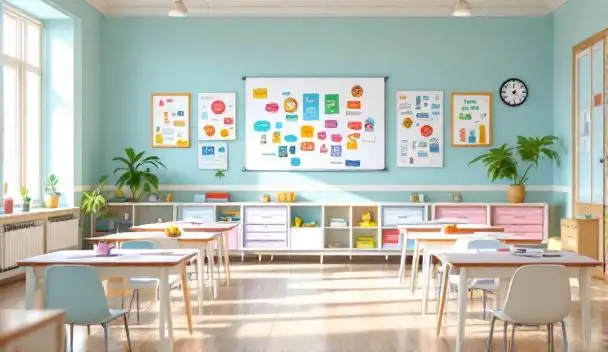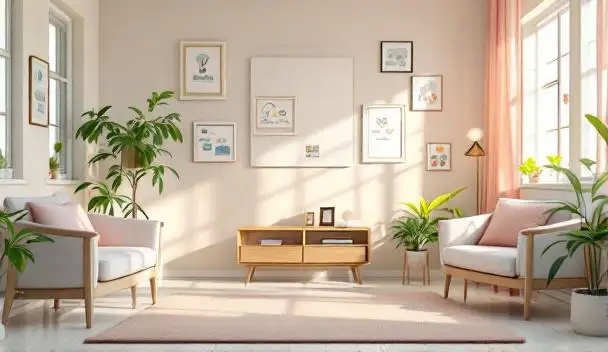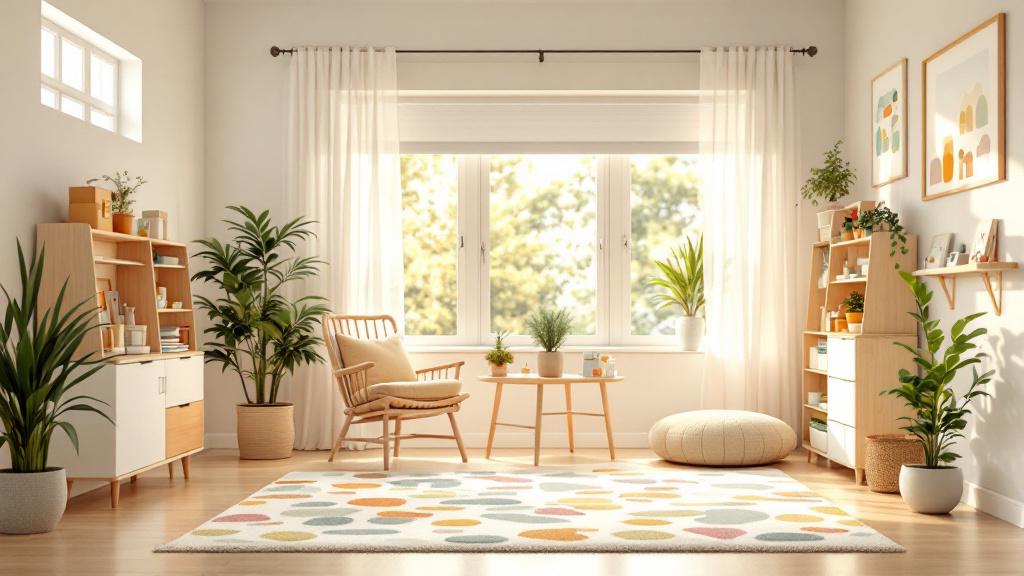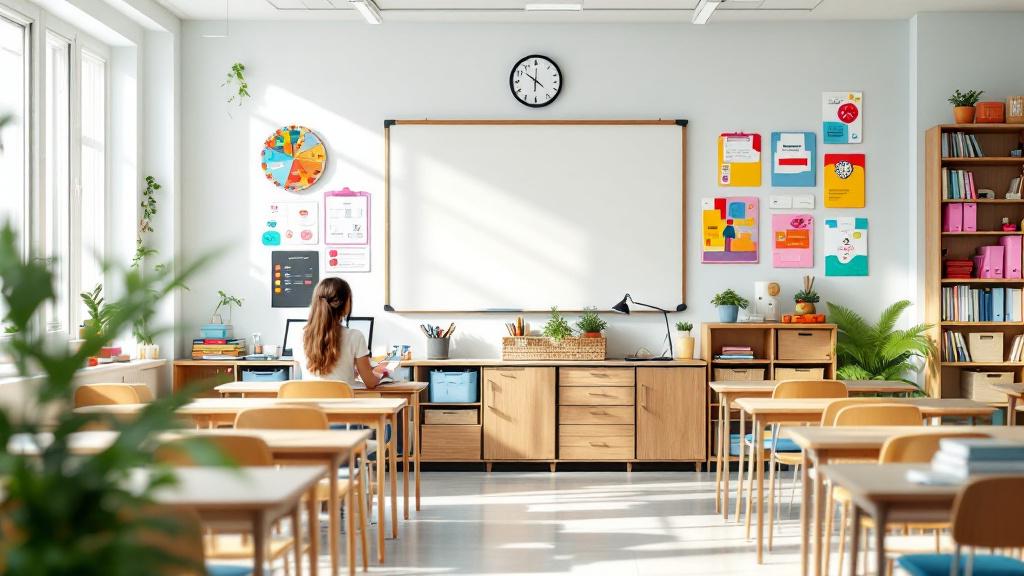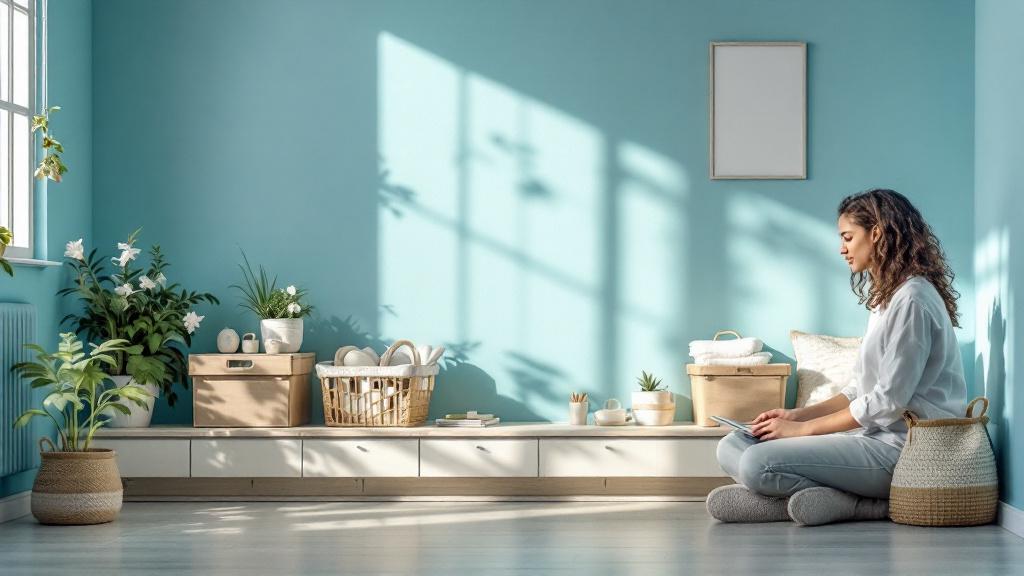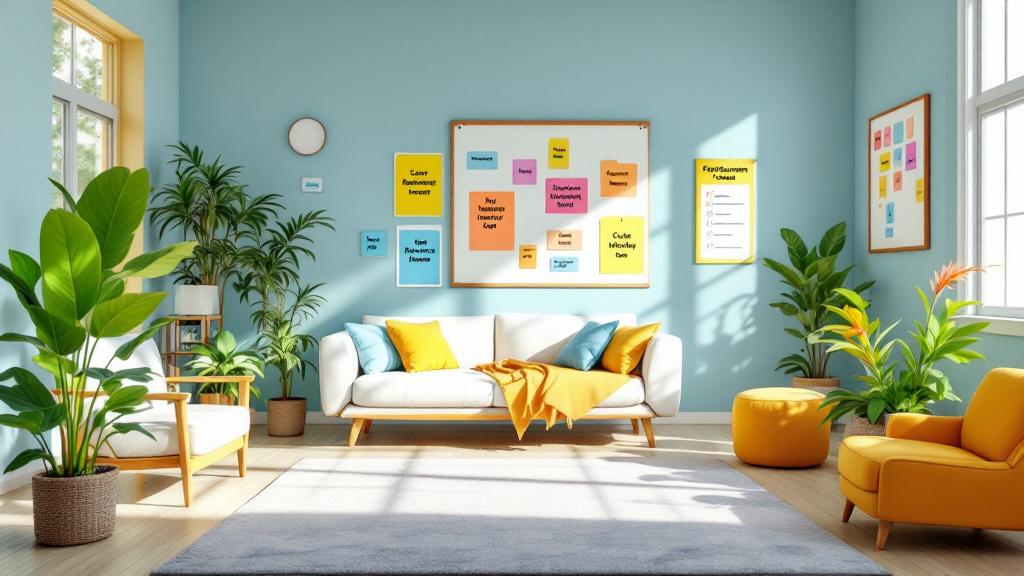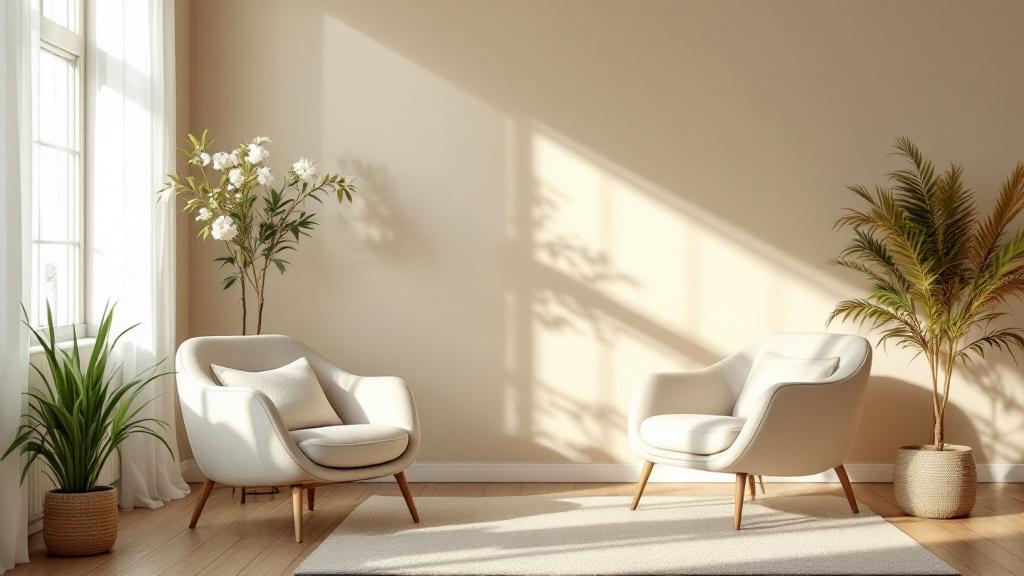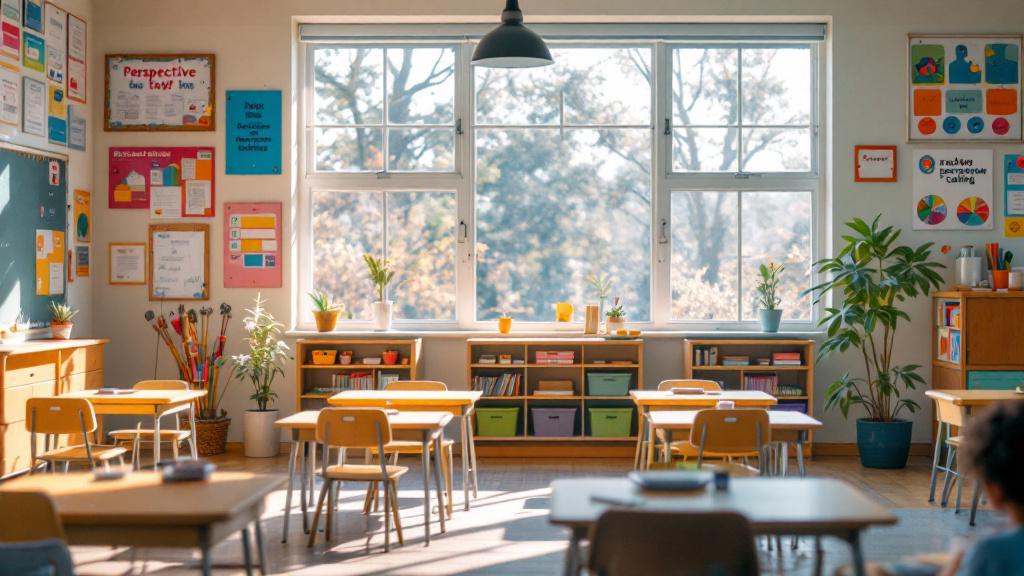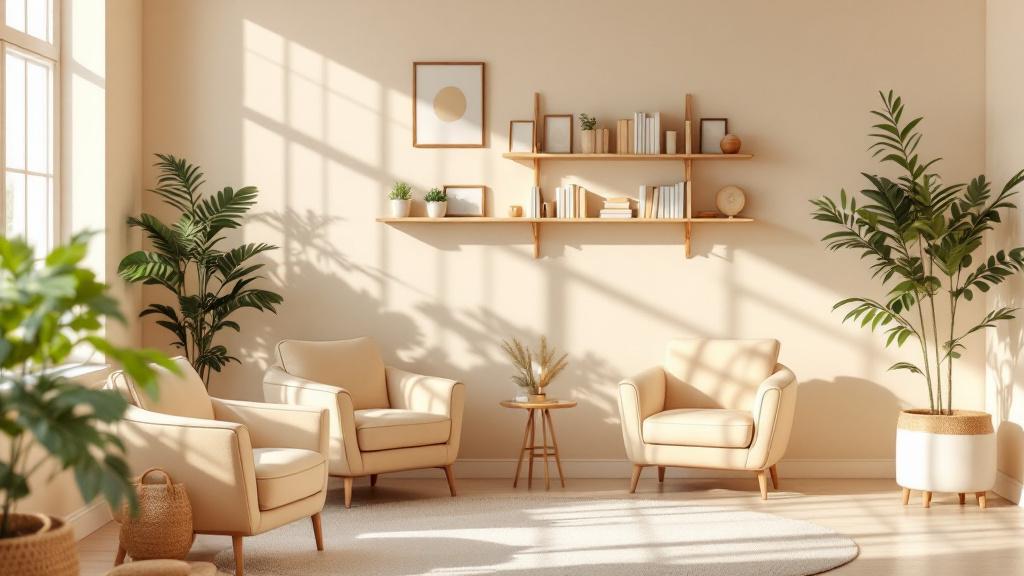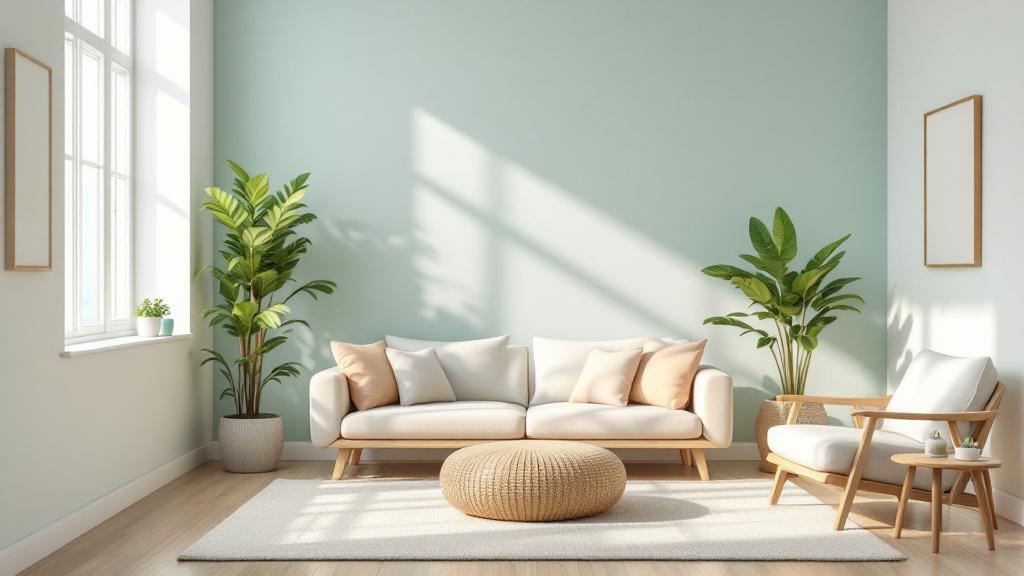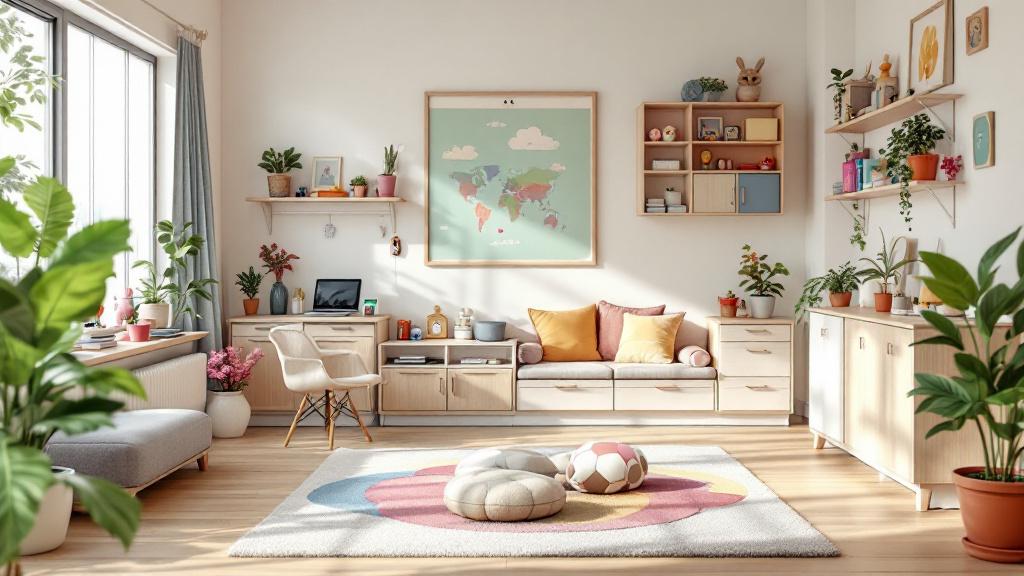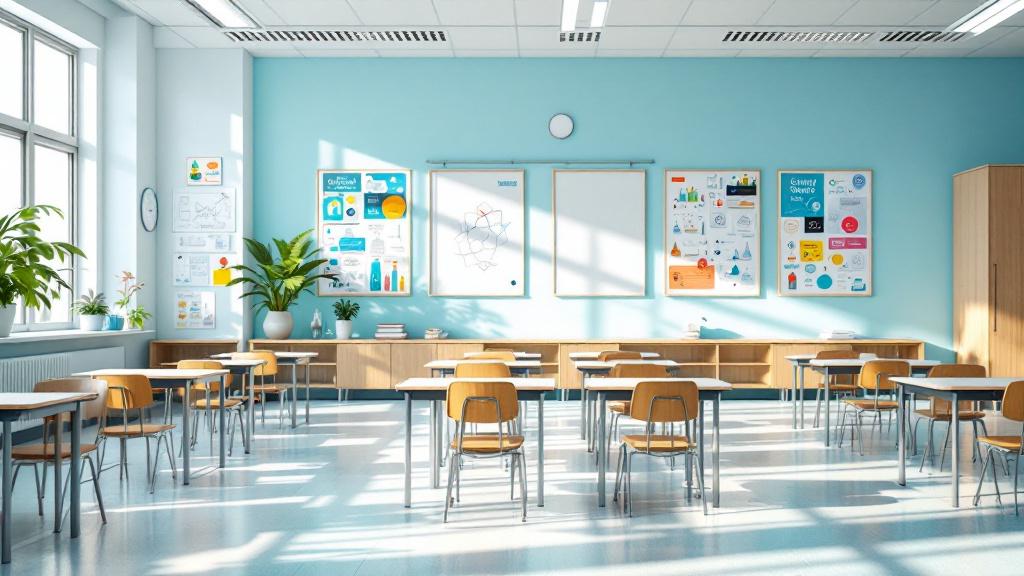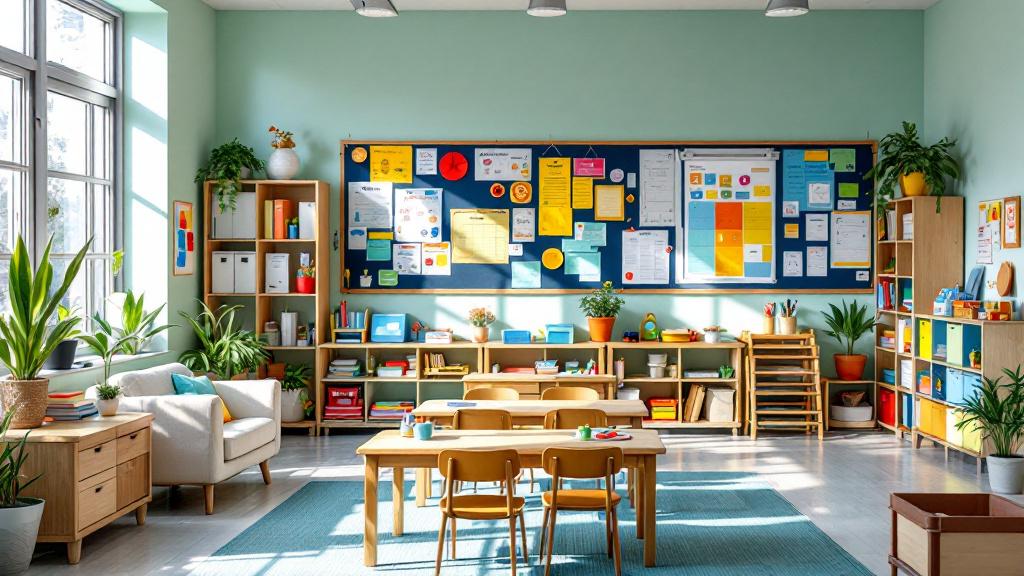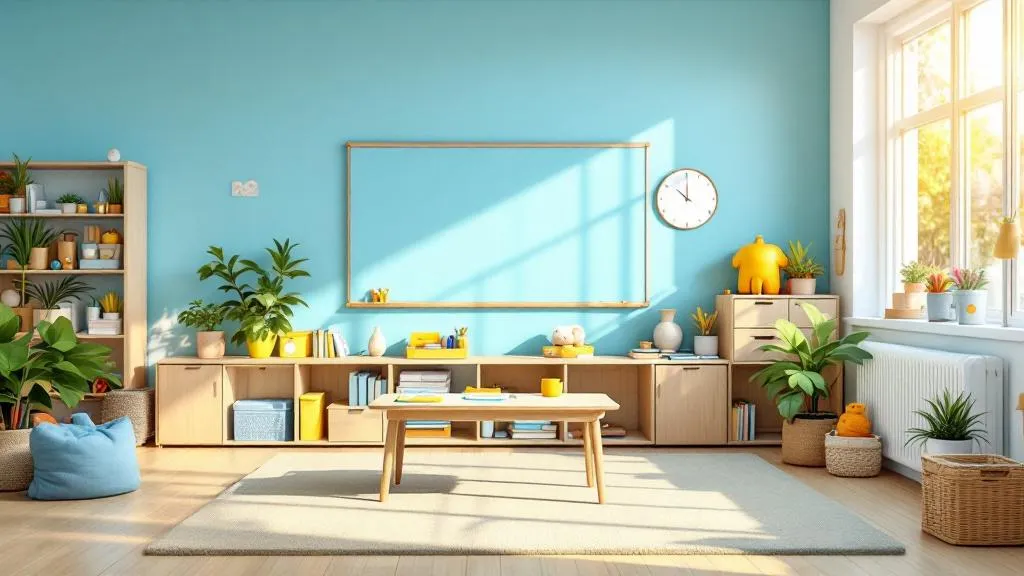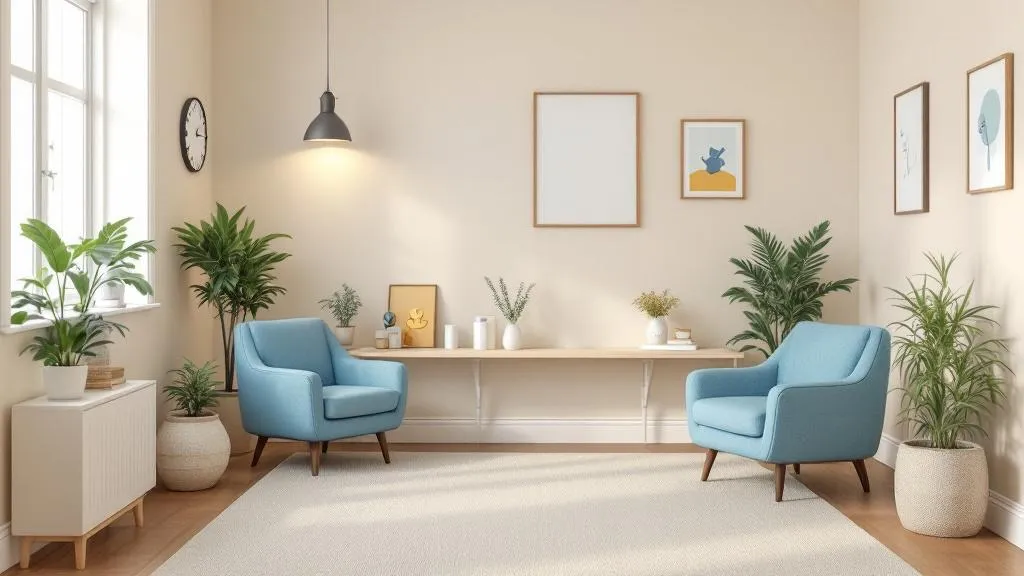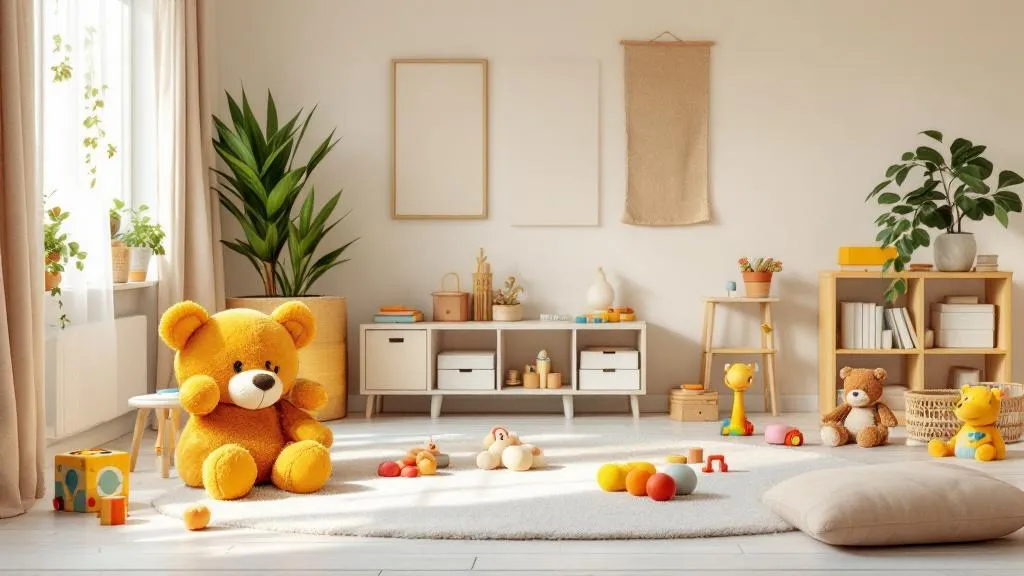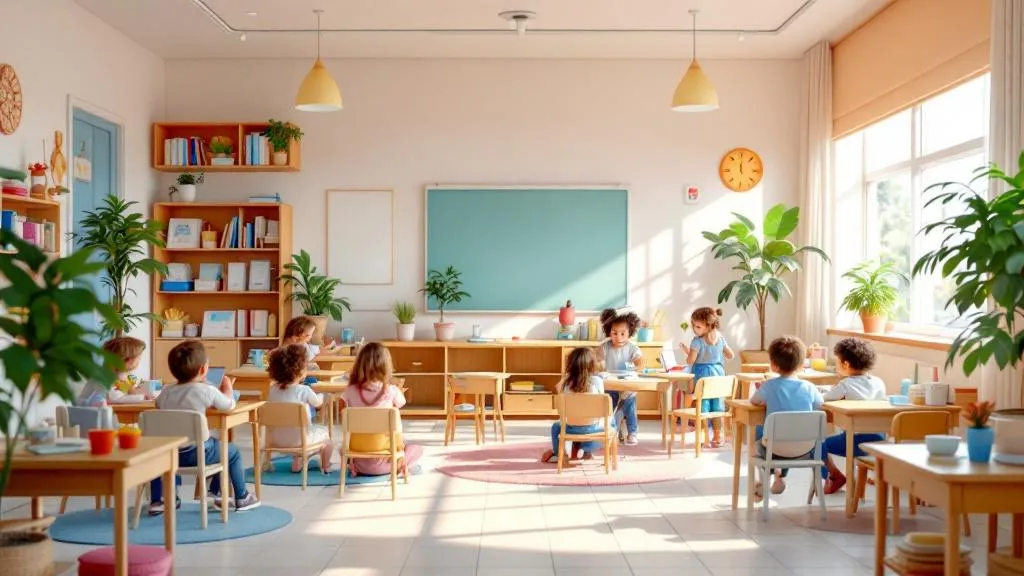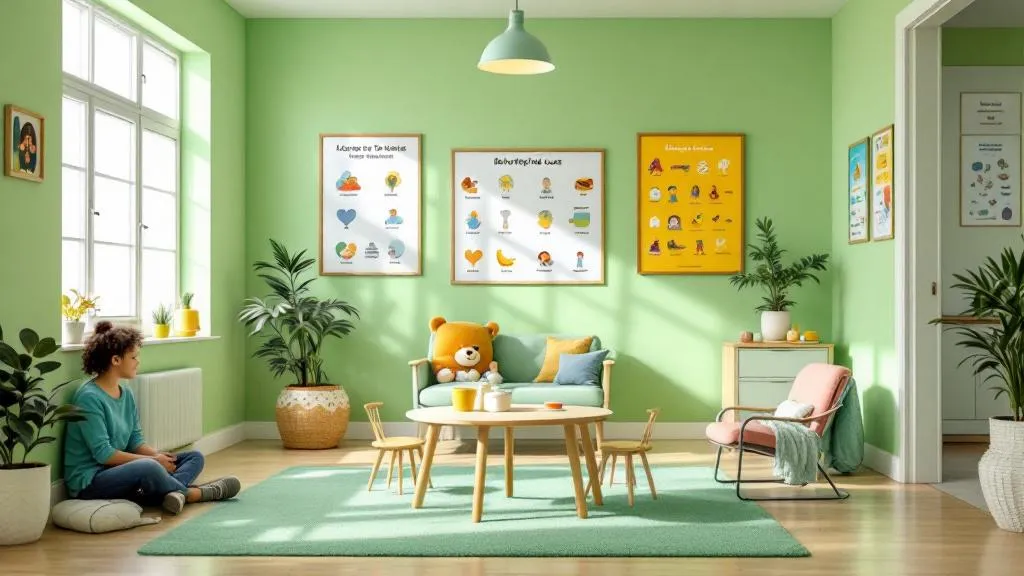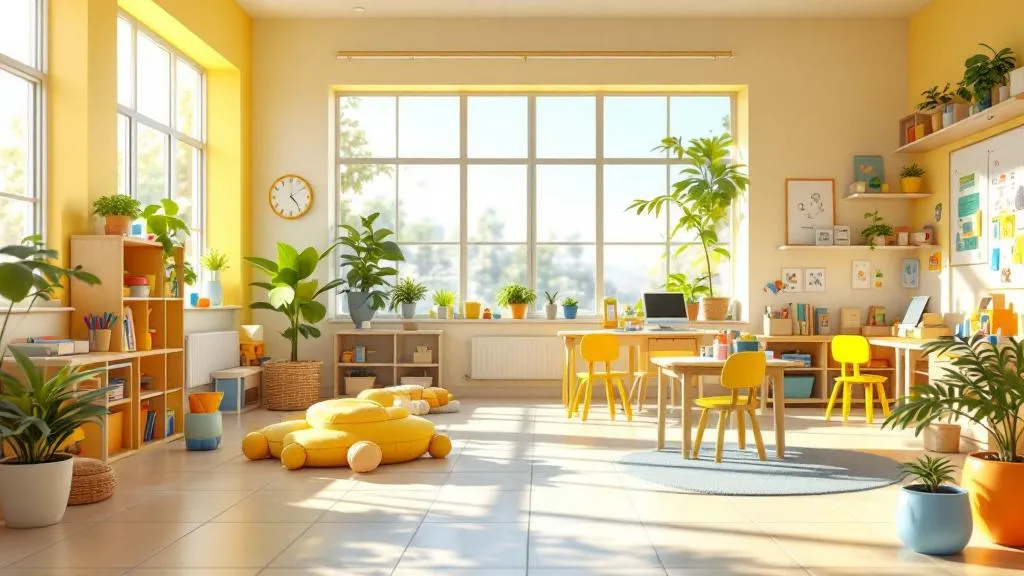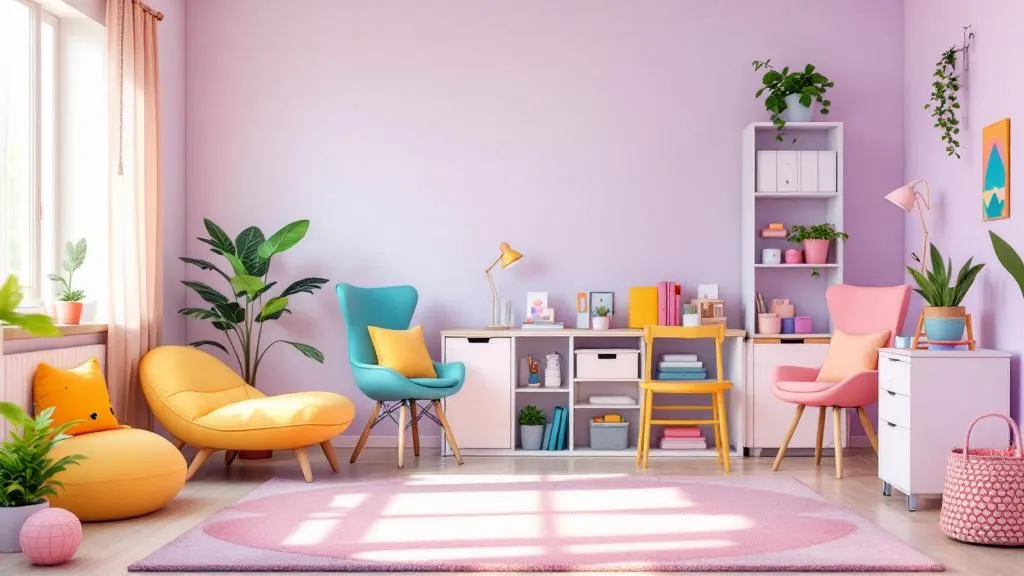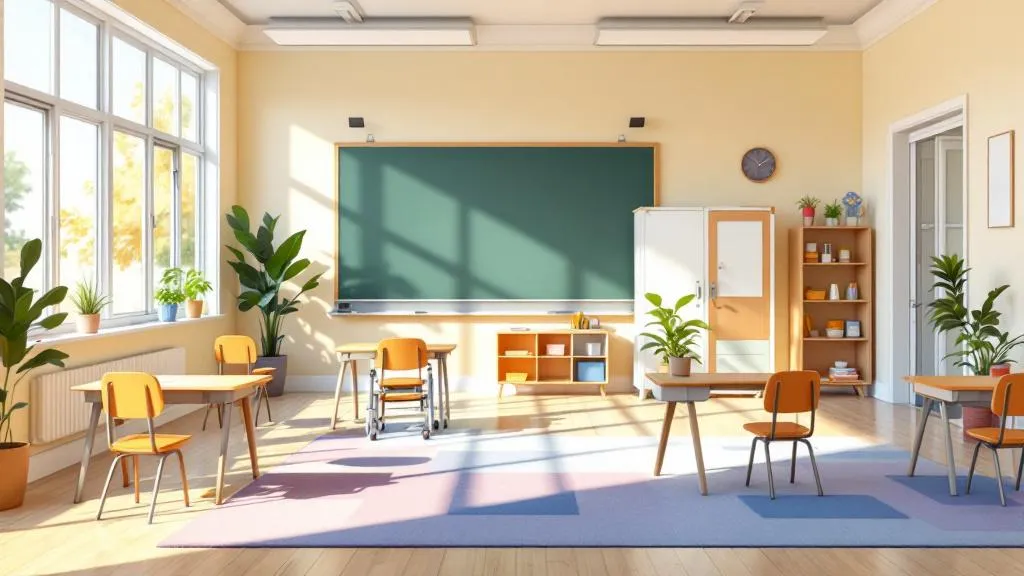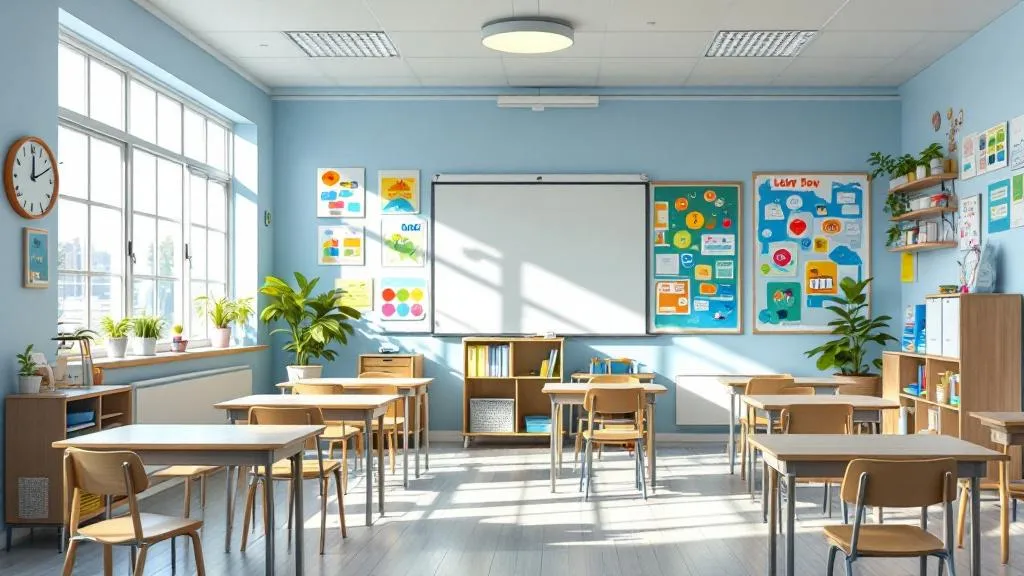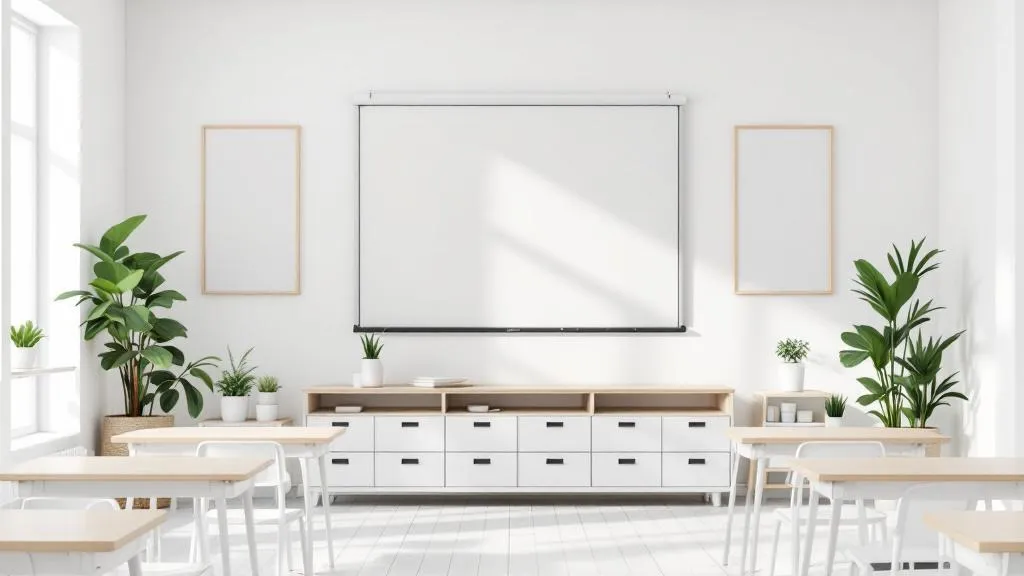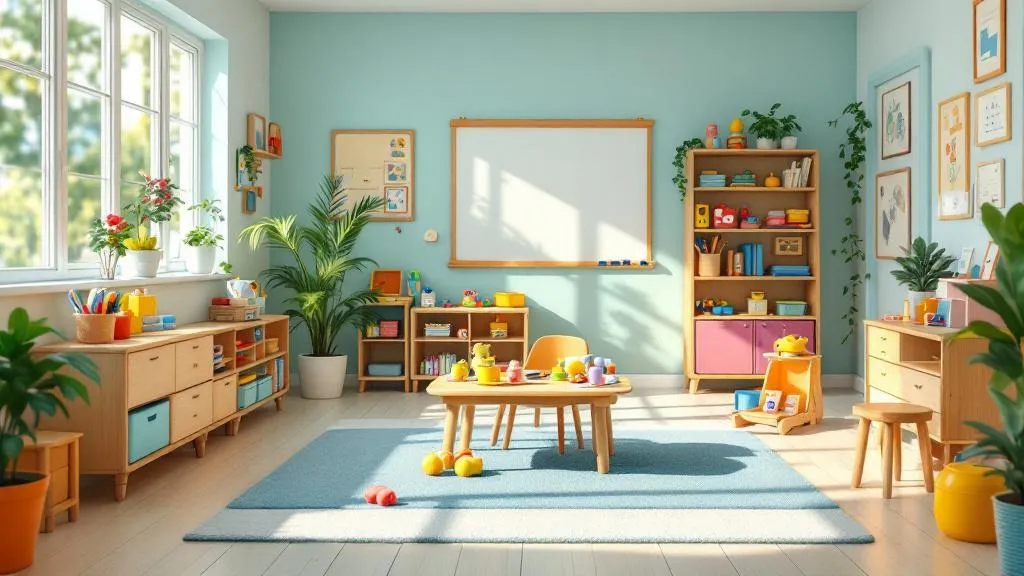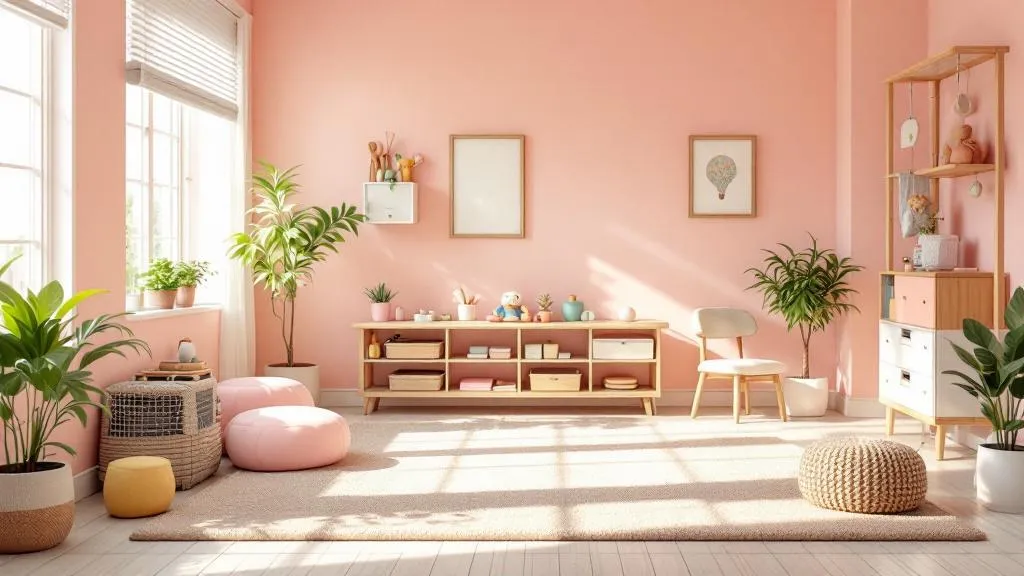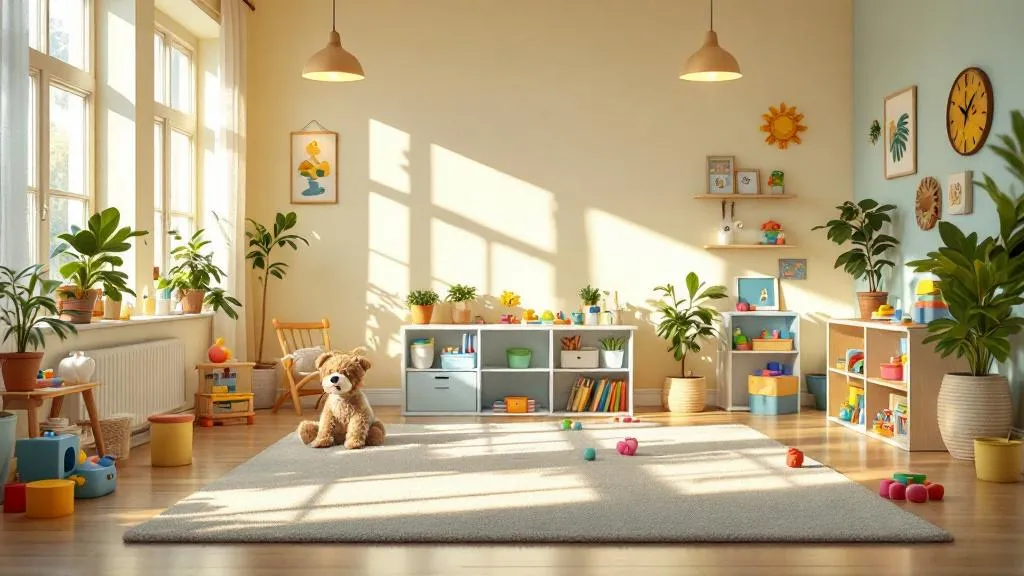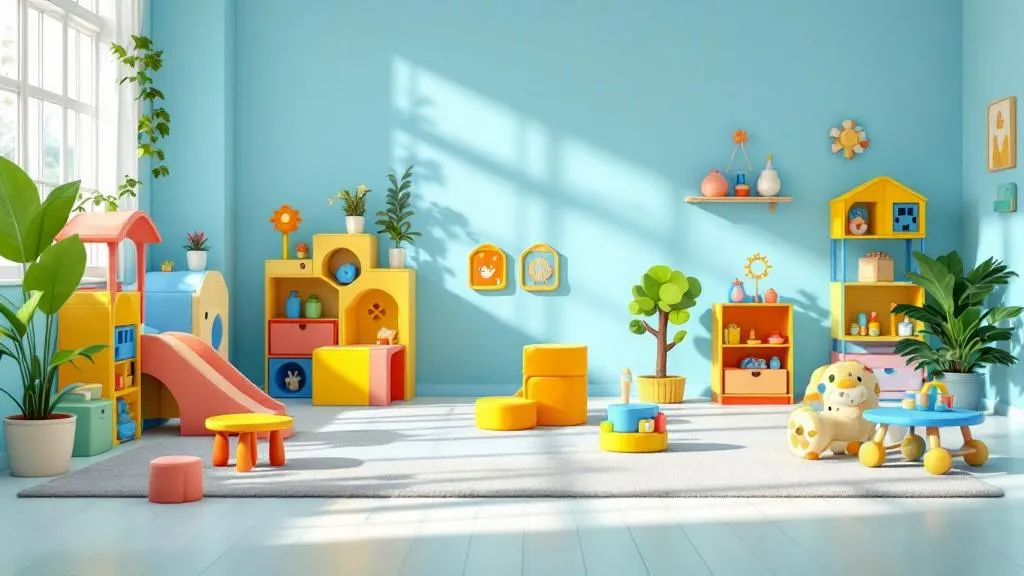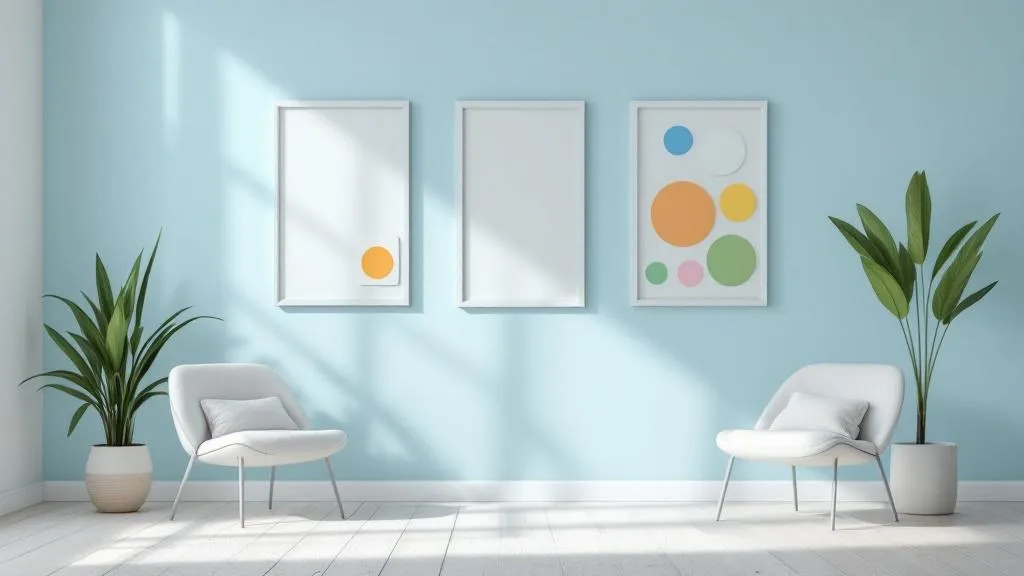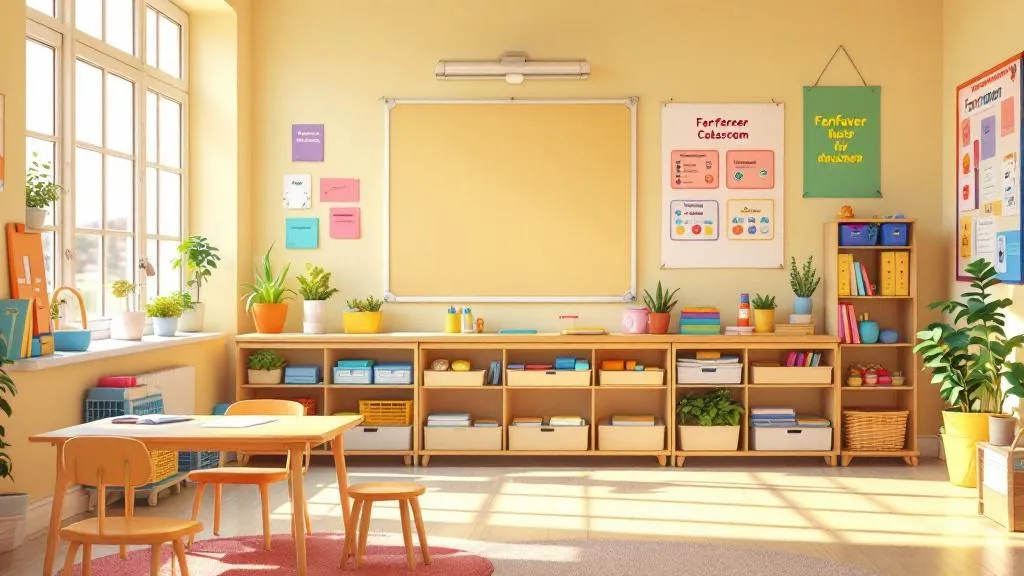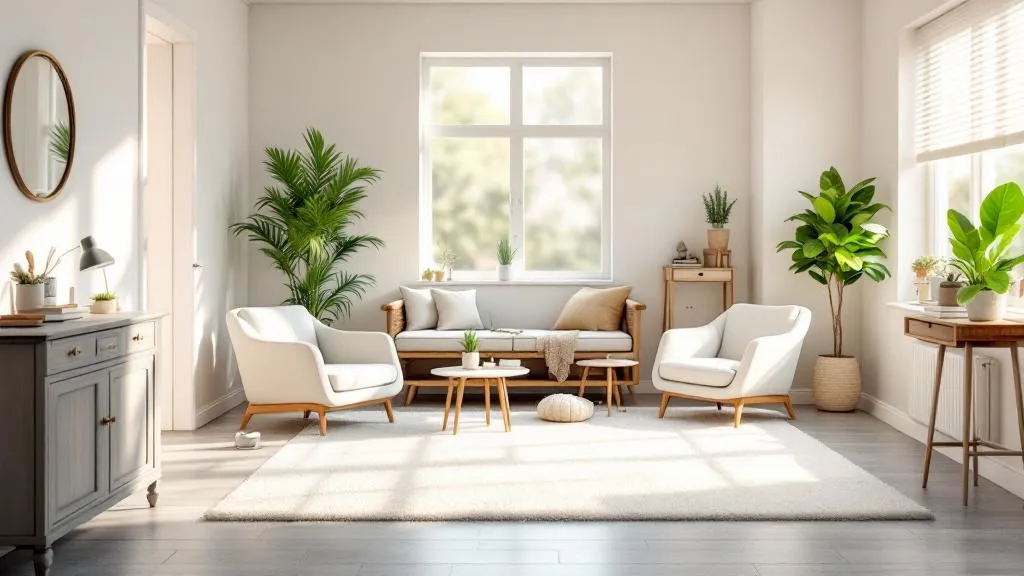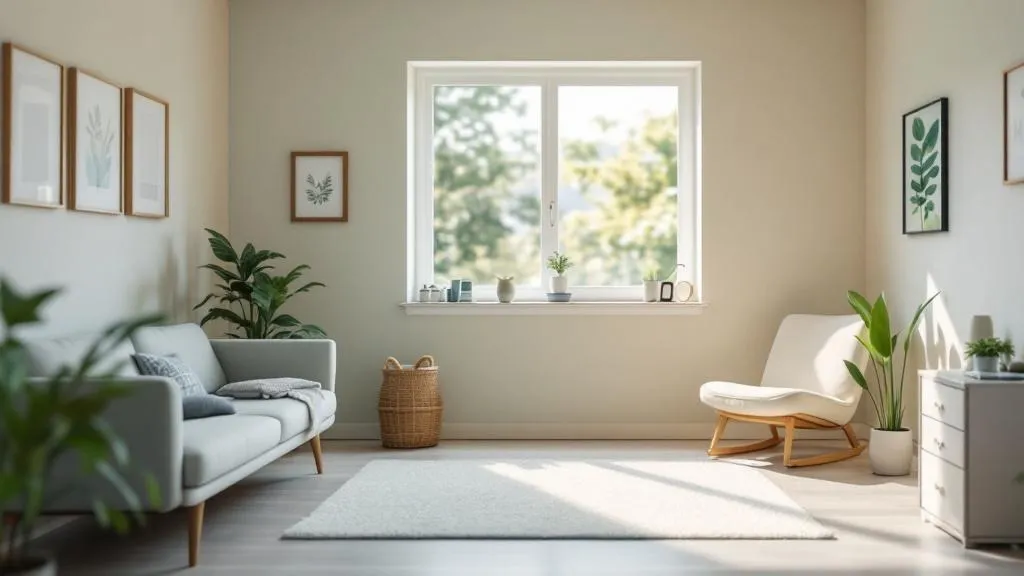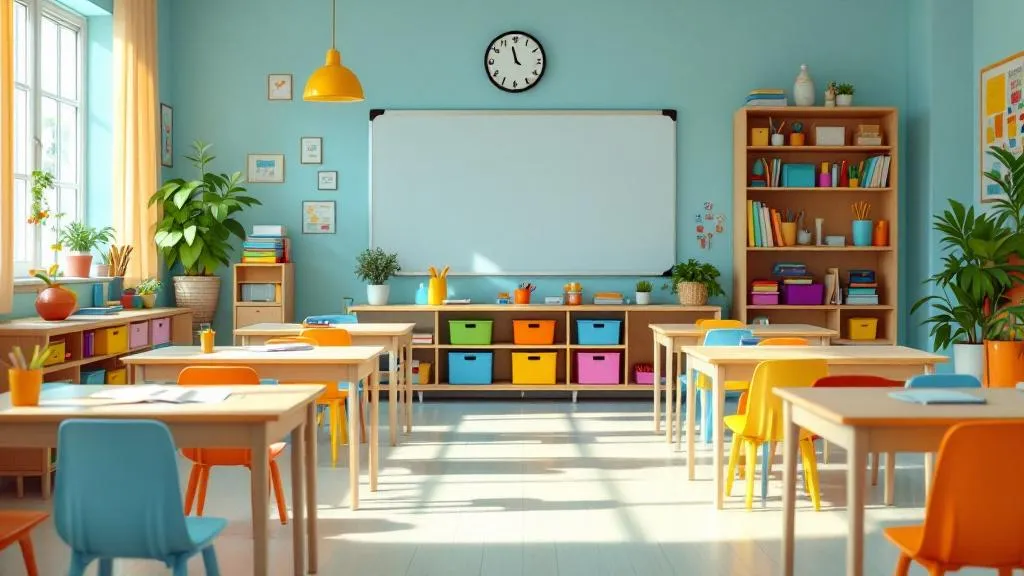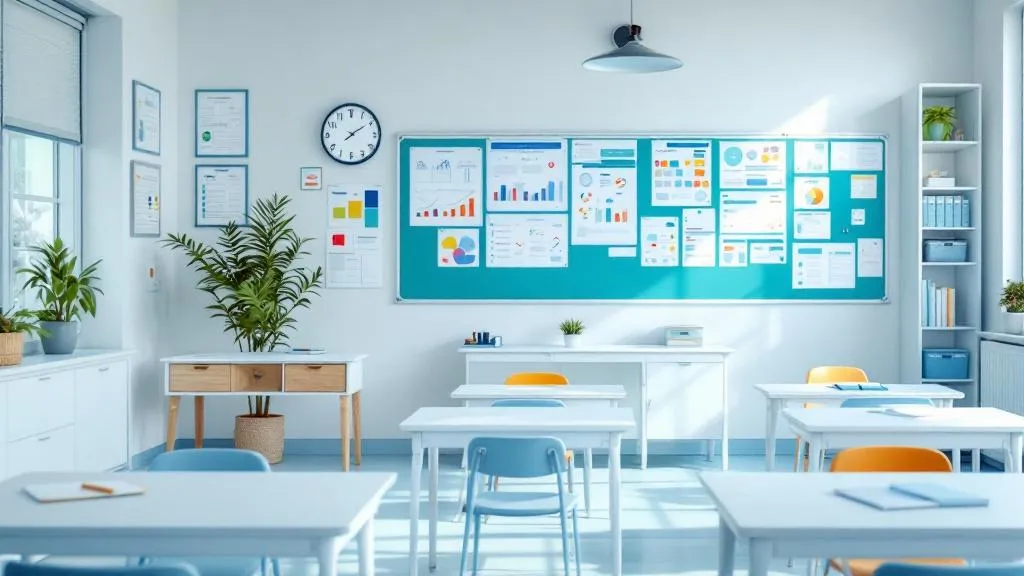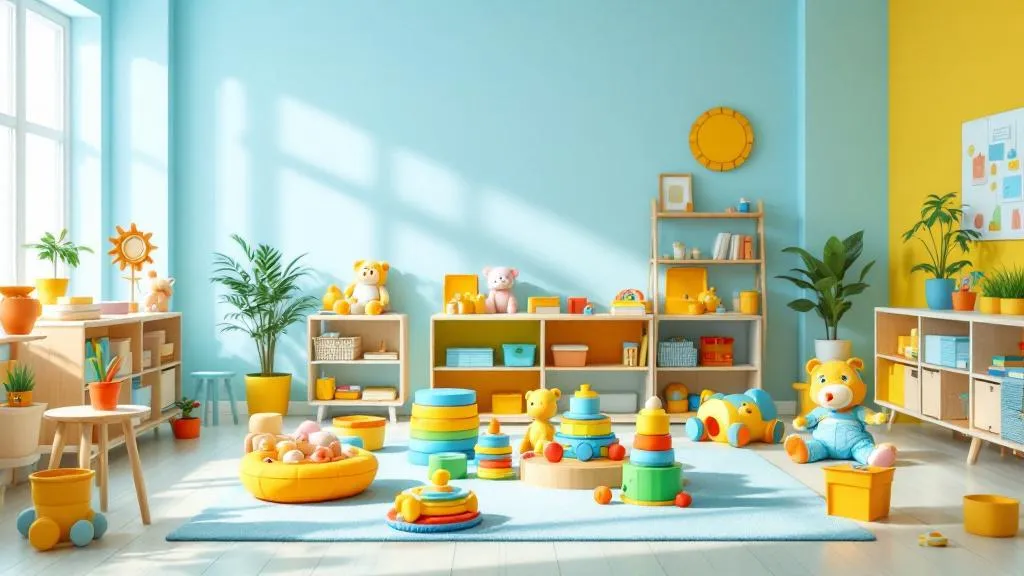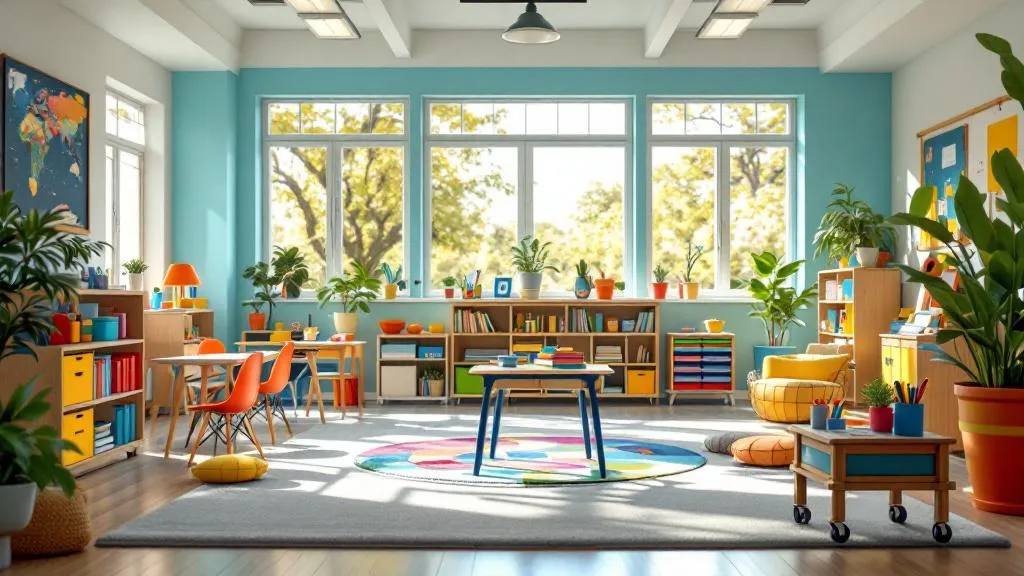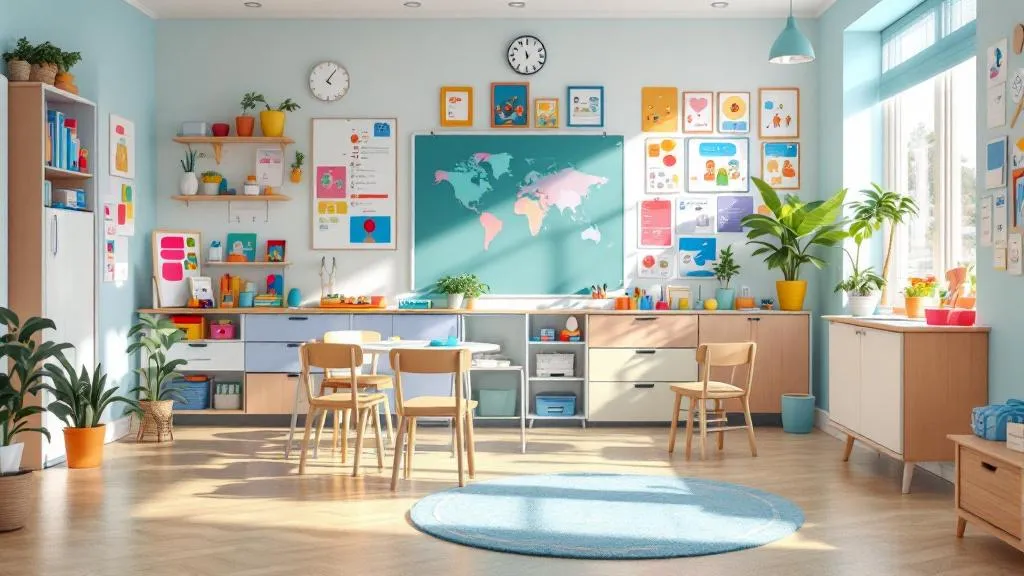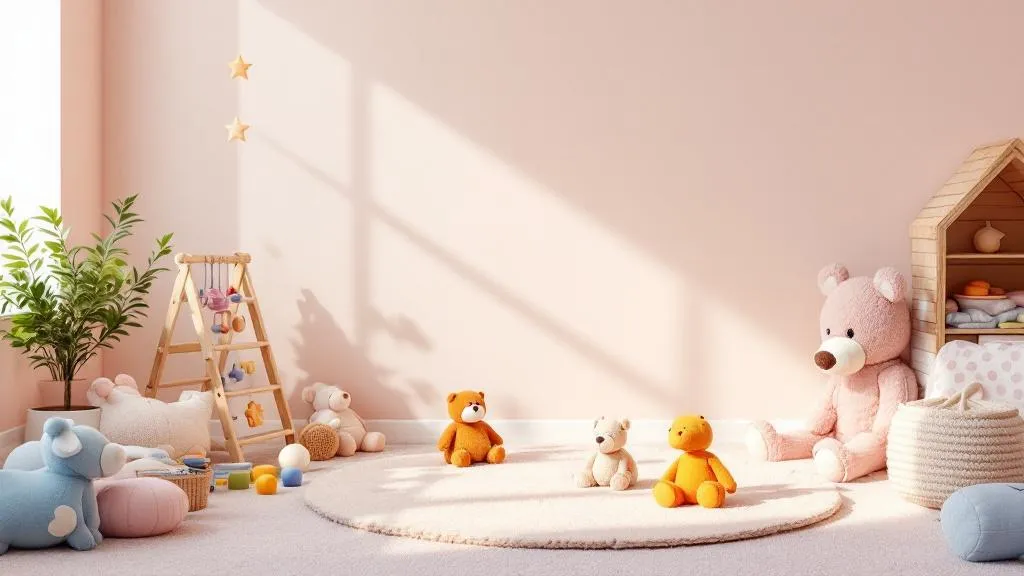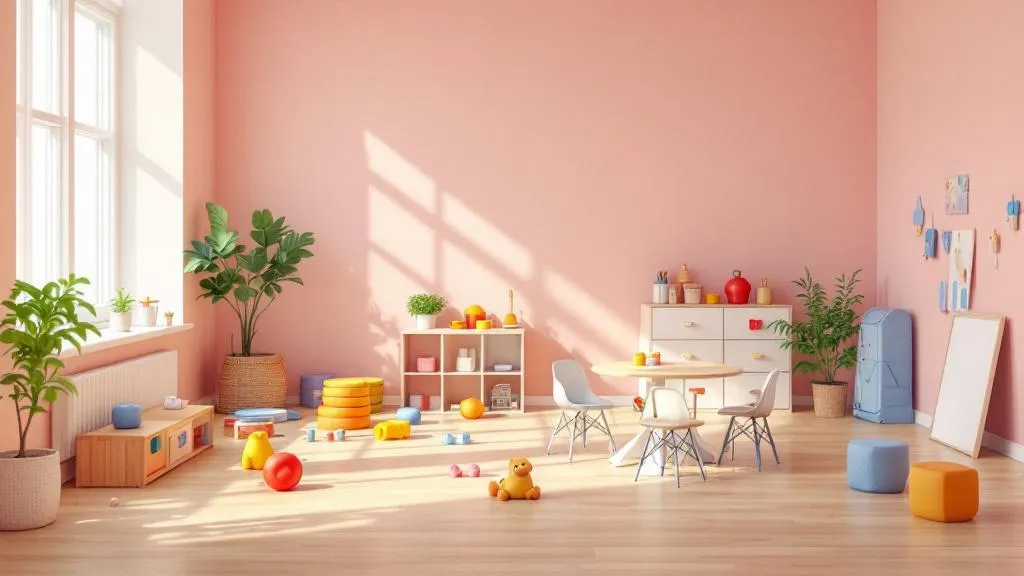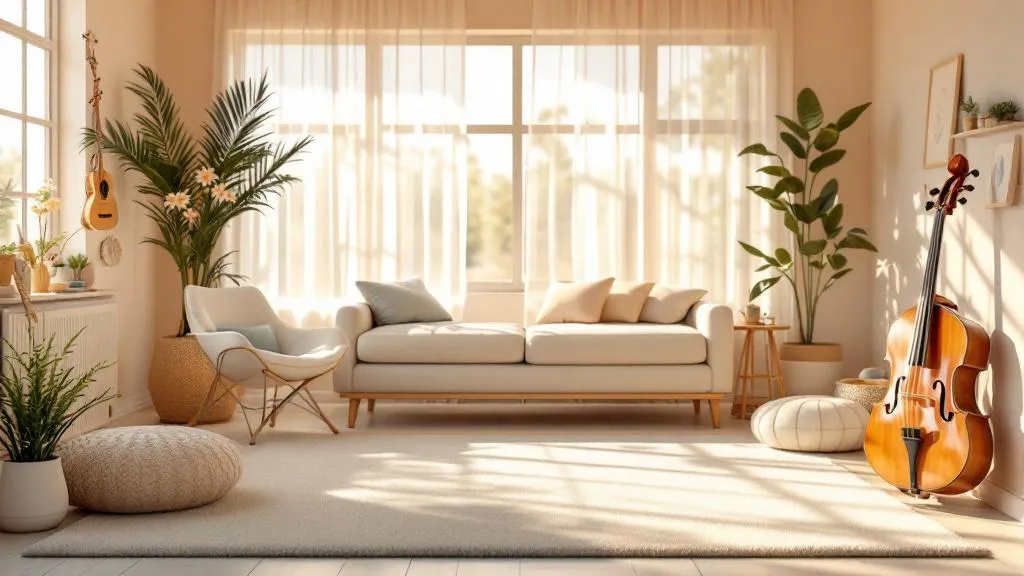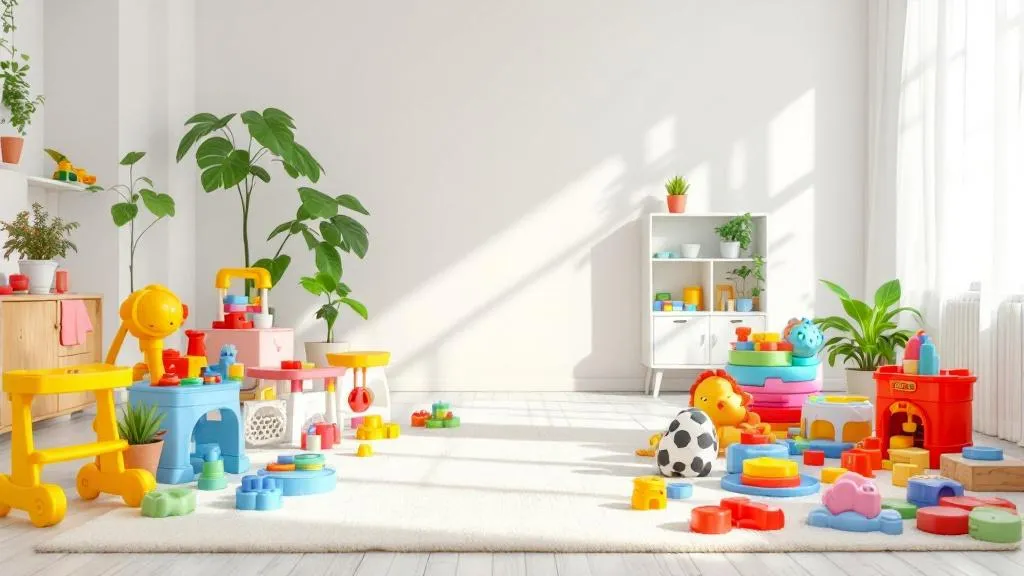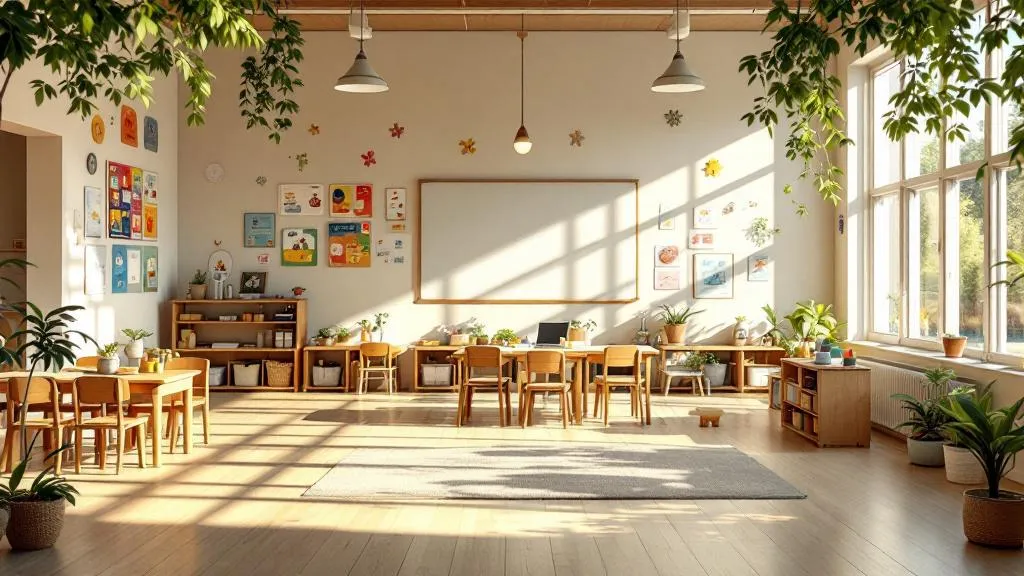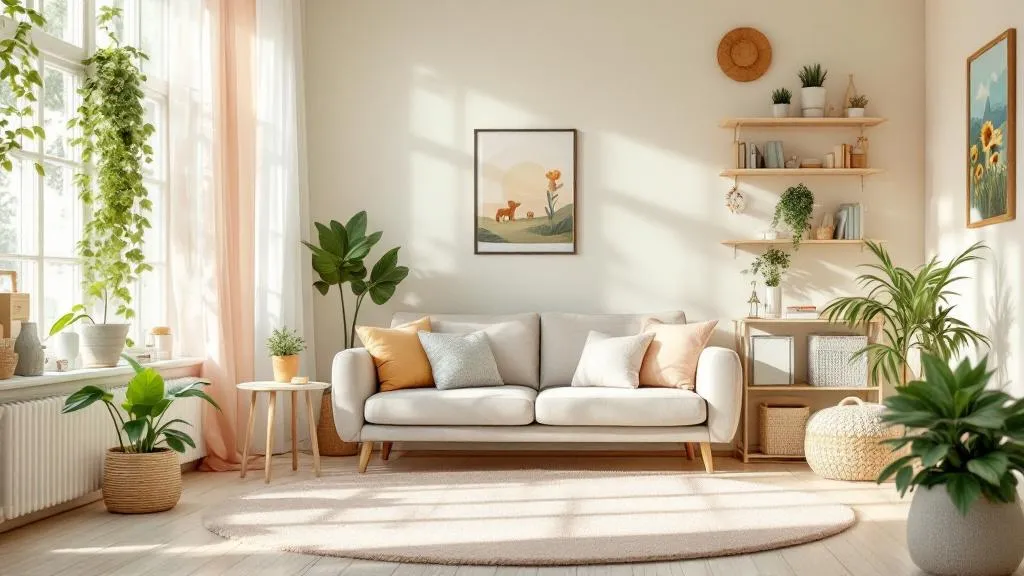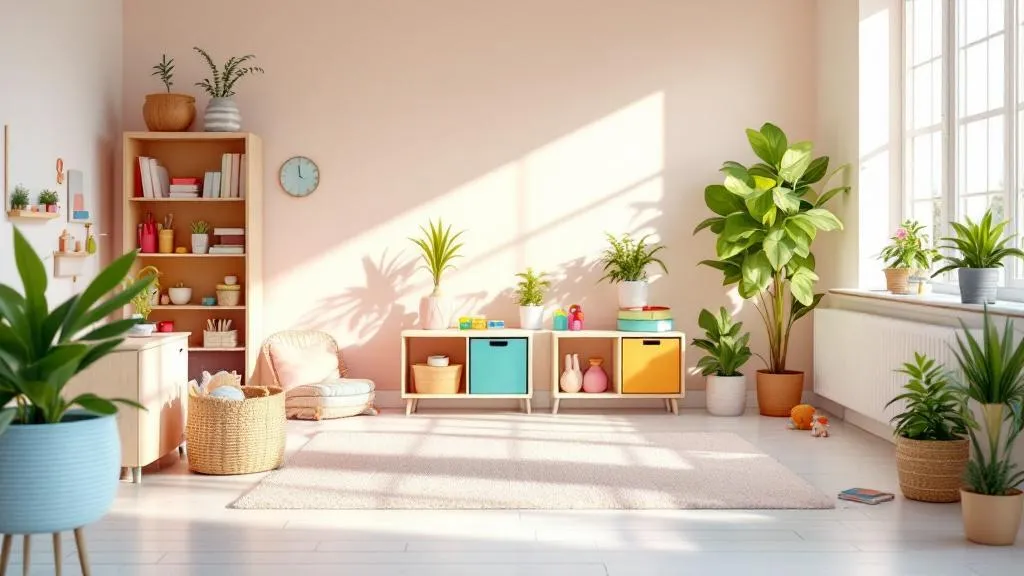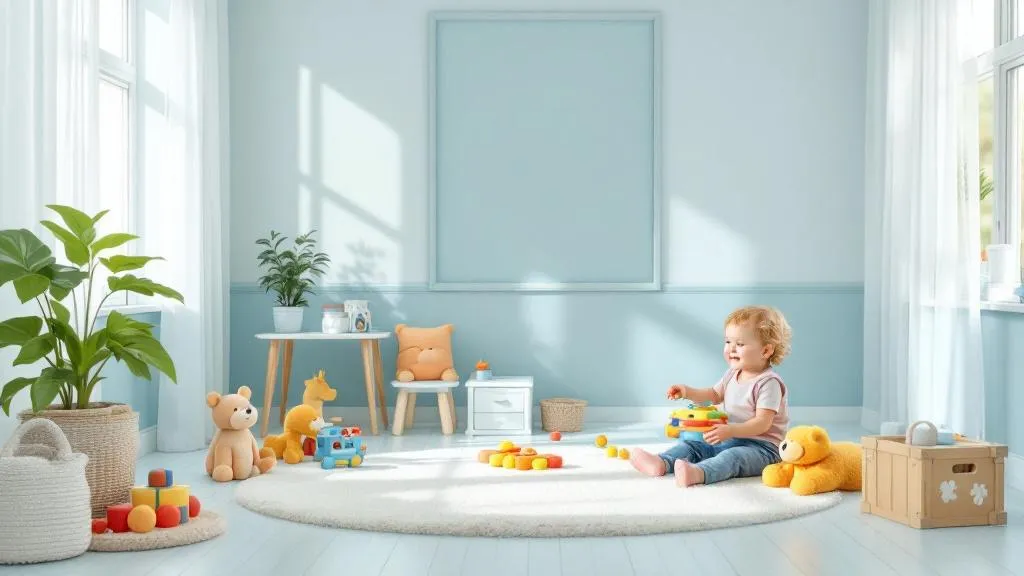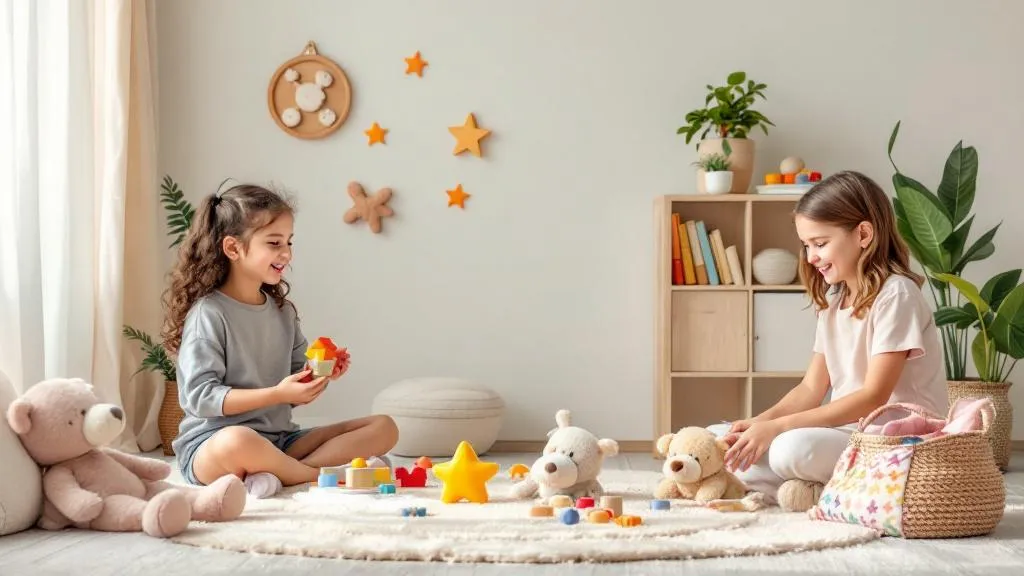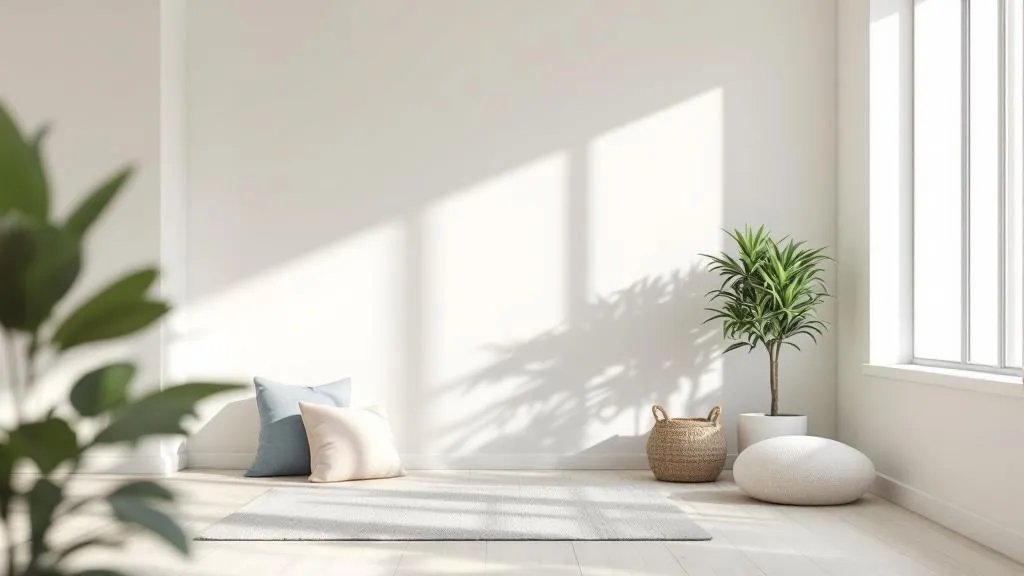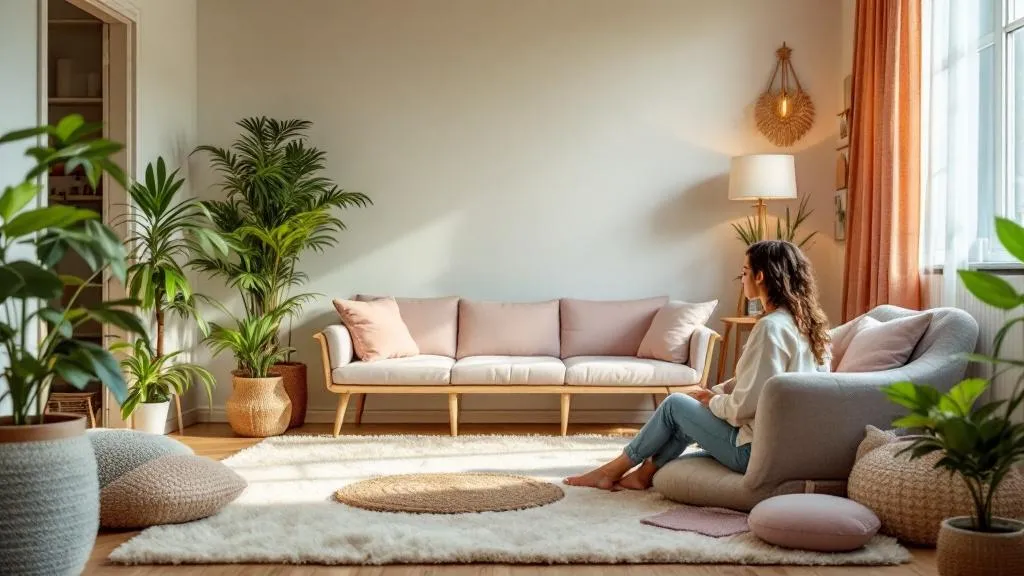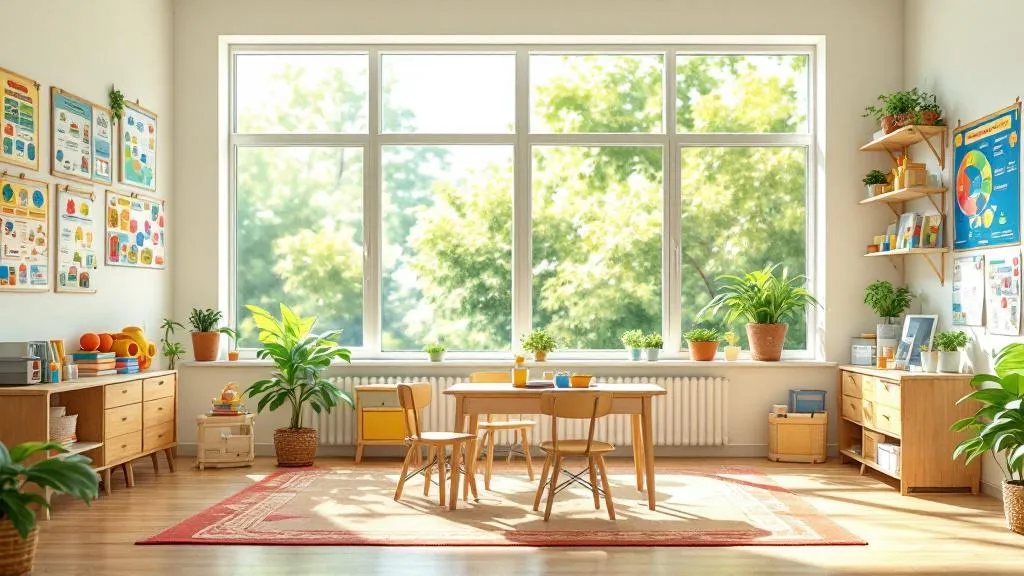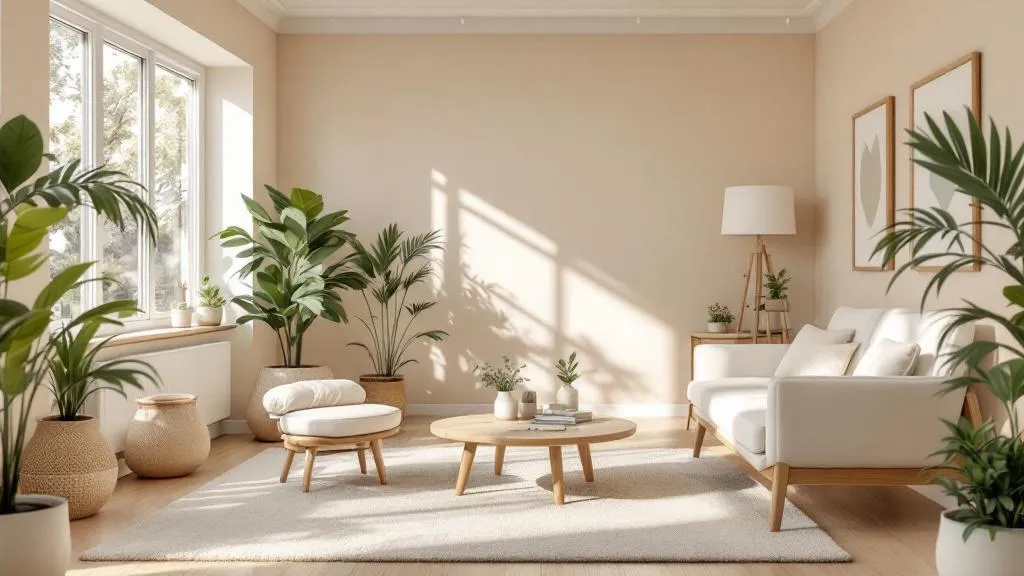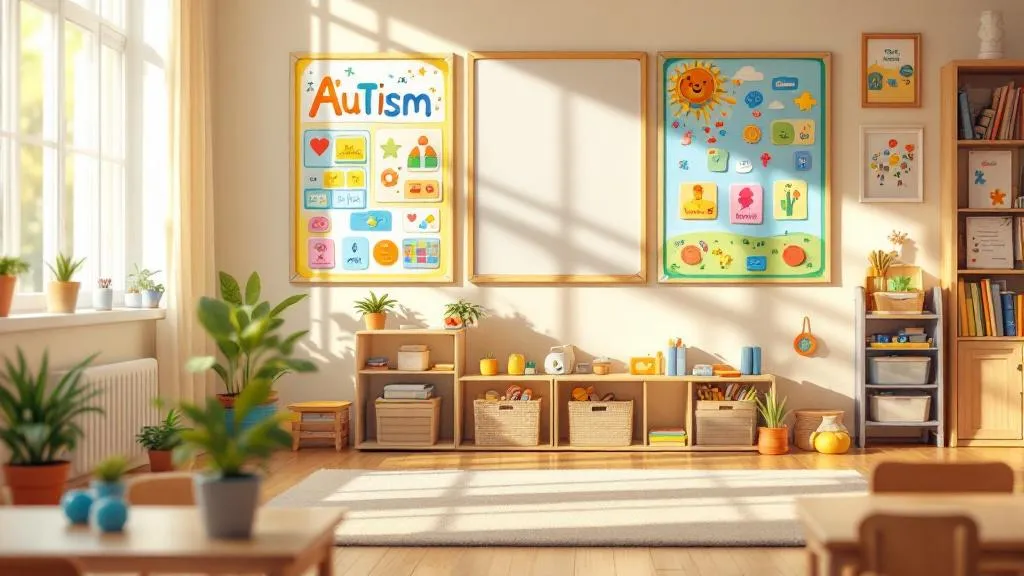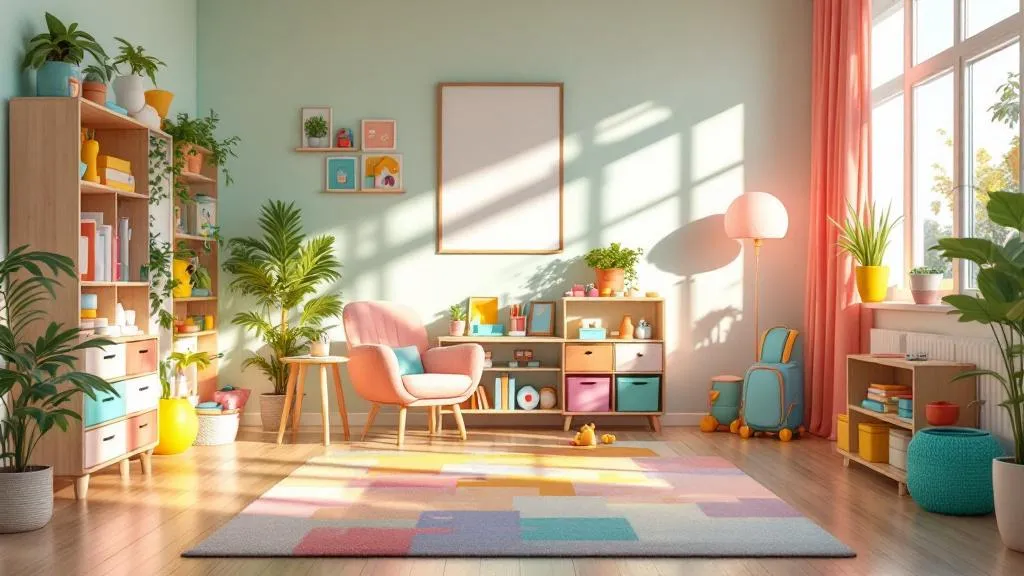Sensory-friendly spaces and their role in supporting autistic children
Creating Inclusive Environments for Autistic Children
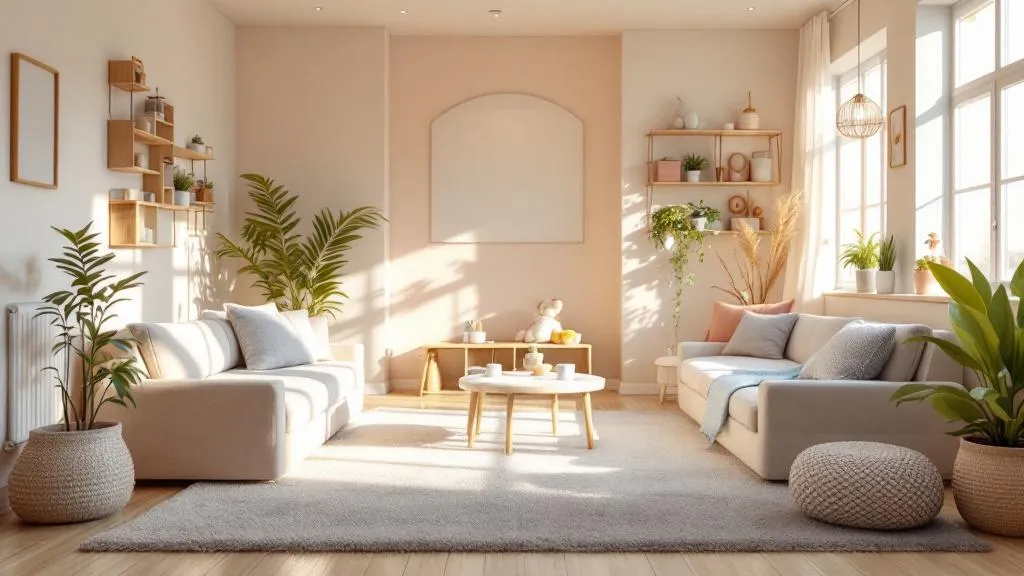
Understanding Sensory-Friendly Spaces and Their Importance
Sensory-friendly spaces have become a vital component in supporting children with autism, offering calm, controlled environments that cater to their unique sensory processing needs. These spaces aim to reduce overwhelm, foster emotional regulation, and promote social participation and independence. This article explores the design principles, benefits, strategies, and resources involved in creating effective sensory-friendly environments to enhance the well-being of autistic children.
What Are Sensory-Friendly Spaces and Why They Matter
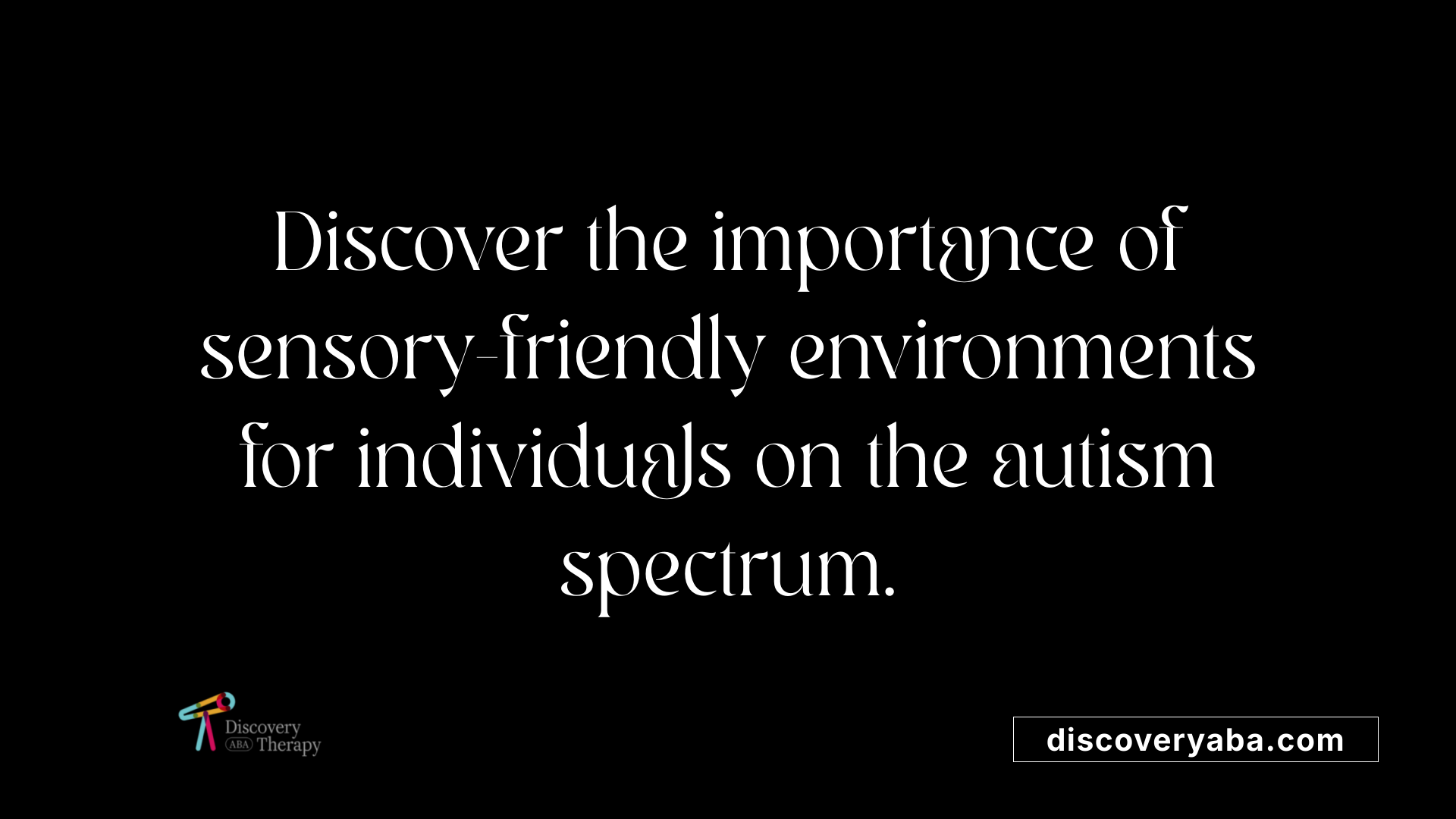
What are sensory-friendly spaces and why are they important for individuals with autism?
Sensory-friendly or autism-friendly environments are specially designed spaces that aim to meet the sensory needs of individuals on the autism spectrum. These environments incorporate calming colors, soft lighting, and controlled noise levels to create a safe and soothing setting.
Such spaces are crucial because many autistic people experience sensory processing challenges, such as hypersensitivity to lights, sounds, or textures. Overstimulation in typical environments can lead to distress, anxiety, or physical discomfort. Sensory-friendly spaces help mitigate these triggers by reducing overwhelming stimuli and providing tools like weighted blankets, tactile toys, and quiet zones.
The benefits extend beyond comfort. These spaces support emotional regulation by offering a predictable environment where individuals can calm down and refocus. They also promote independence, confidence, and social participation by making public spaces more accessible and less intimidating.
Research indicates that sensory environments tailored to individual needs can improve quality of life for neurodivergent individuals. They help in managing sensory overload, reducing anxiety, and facilitating engagement in daily activities.
Creating such environments is a fundamental step toward greater inclusion, making community spaces, schools, and homes more accommodating and supportive for those with sensory processing differences.
Design Principles and Elements of Sensory-Environments
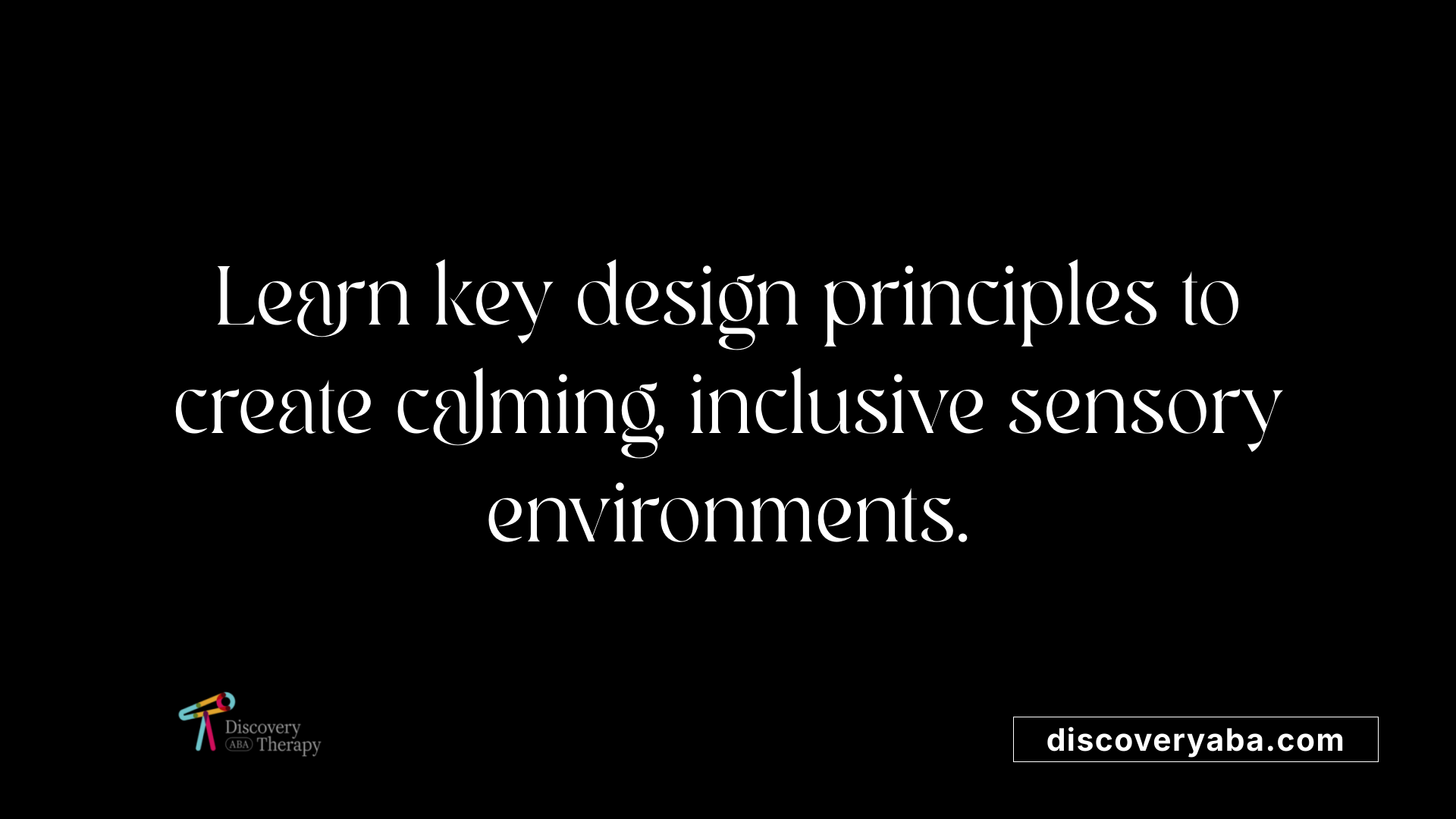
What are the key design principles and elements of sensory-friendly environments?
Creating an effective sensory-friendly environment involves carefully balancing various design elements to support comfort, safety, and emotional regulation. The primary goal is to reduce sensory overload and foster a calming space tailored to individual needs.
One fundamental principle is controlling sensory stimuli, especially lighting. Using natural light or soft, dimmable artificial lighting helps avoid harsh glare or flickering that can overwhelm individuals. Incorporating adjustable lighting allows customization based on sensitivity levels, creating a more accommodating atmosphere.
Reducing noise levels is equally vital. Soundproofing measures, soft furnishings like carpets and curtains, and providing quiet zones with noise-canceling devices help minimize auditory overstimulation. This creates a peaceful environment where individuals can regulate their sensory input.
Color choices also matter. Soft, neutral hues such as blues and greens promote relaxation and prevent visual overstimulation. Avoiding bright, contrasting colors or busy patterns contributes further to a calm setting.
Textures and natural materials support tactile comfort. Soft fabrics, fuzzy pillows, and textured surfaces offer gentle sensory input and exploration opportunities. Sensory tools, including weighted blankets, fidget toys, tactile objects, and sensory walls, can be easily incorporated to help with self-regulation.
Organized space layout is crucial. Clutter-free, open areas with wide pathways ensure accessibility and prevent visual overstimulation. Flexible furniture, such as adjustable seating and moveable walls or partitions, allows spaces to be reconfigured for specific needs.
Biophilic elements like indoor plants, natural materials, and views of greenery enhance the environment's calming effect, promoting well-being and emotional stability.
Effective air quality and ventilation ensure a healthy, comfortable atmosphere, which is essential for overall sensory comfort.
Integrating these principles with thoughtful spatial planning, adaptive features, and a focus on safety helps create spaces that are inclusive and supportive of individuals with diverse sensory processing. When designed well, sensory environments can significantly improve emotional regulation, reduce anxiety, and foster a sense of safety and independence.
Role and Benefits of Sensory Rooms in Supporting Autistic Children
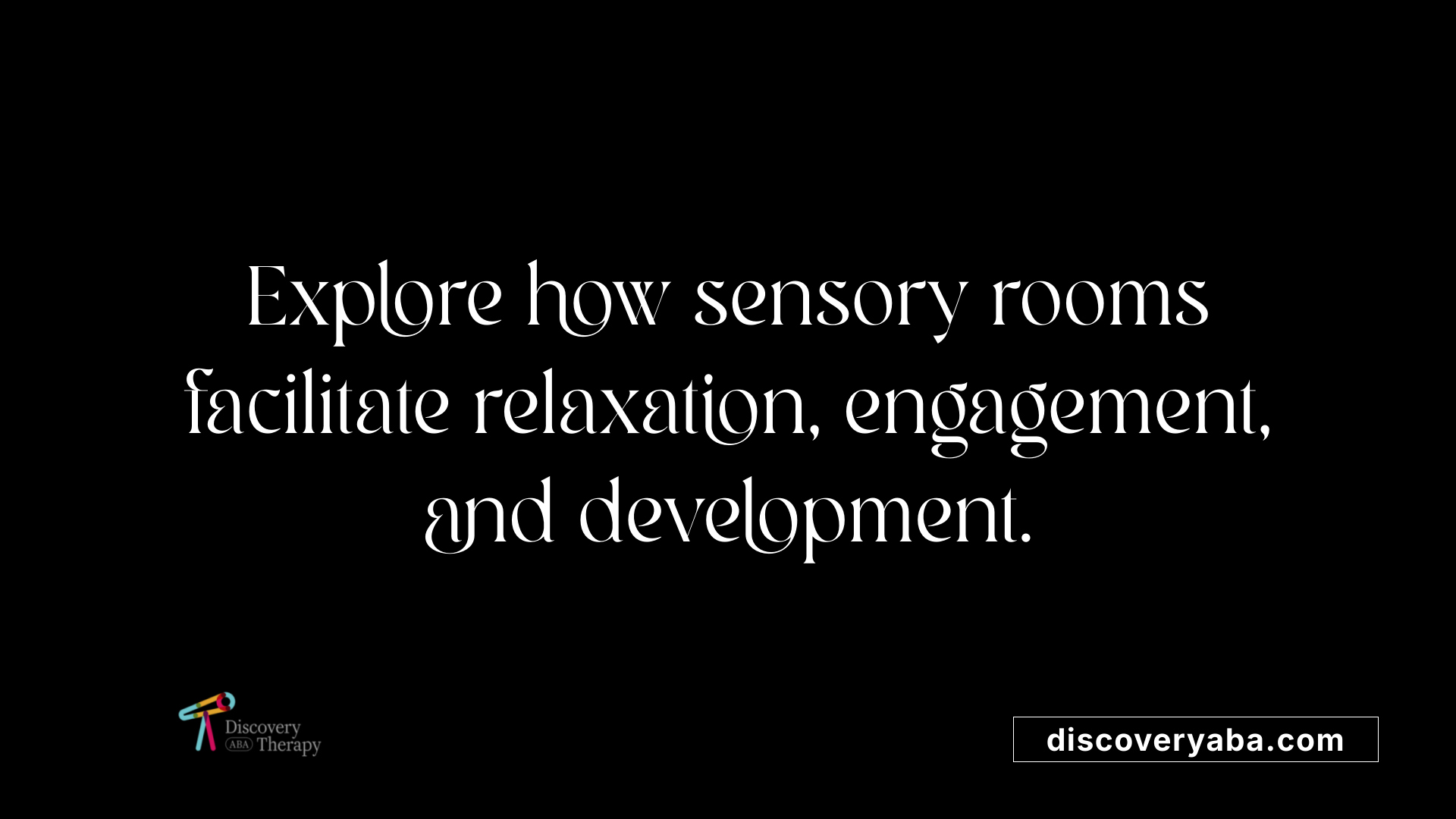
How do sensory rooms support individuals with autism?
Sensory rooms provide a safe, controlled environment filled with sensory stimulation tailored to an individual's preferences and needs. They help children regulate their sensory input, which can often become overwhelming due to hypersensitivity or hyposensitivity associated with autism spectrum disorder.
Inside these spaces, various devices and tools—such as bubble tubes, tactile walls, and fiber optic lighting—encourage engagement and promote a sense of calm. By controlling sensory stimuli like light, sound, and textures, sensory rooms reduce anxiety, improve mood, and support emotional stability.
Research conducted by Cardiff University’s Wales Autism Research Centre underscores their importance. The study shows that sensory rooms boost wellbeing, facilitate learning, and enhance social interactions for autistic children. Giving children autonomy to choose activities or tools within the room increases their sense of control, which further supports emotional regulation and self-confidence.
These environments are widely used in schools, therapy centers, and community spaces to foster positive development. The primary aim is to create spaces that help children relax, focus, and participate more fully in daily activities and social relationships, ultimately making a meaningful difference in their quality of life.
What equipment and design elements are essential in sensory rooms?
Designing effective sensory rooms involves selecting calming themes such as nature or underwater visuals, using soft colors like blue and green, and incorporating adjustable lighting to avoid harsh or flickering lights.
The equipment typically includes:
- Weighted blankets and deep pressure tools for calming;
- Exercise balls, sensory swings, or wobble cushions for movement regulation;
- Fidget toys, tactile objects, and textured fabrics for tactile exploration;
- Light projectors, bubble tubes, and fiber optic strands for visual stimulation;
- White noise machines and nature sounds to create soothing auditory environments.
Layout-wise, open and uncluttered spaces with wide doorways and ramps ensure accessibility for all children. Safety is paramount, so using non-toxic, durable, and soft materials while avoiding sharp edges is essential.
Modern sensory rooms often incorporate technology such as interactive walls, sound, and light control systems that enhance user engagement. Budget-friendly solutions can involve DIY tools like glitter jars, sensory walls, or homemade weighted blankets, which can be effective and affordable.
What is the current evidence for the effectiveness of sensory rooms?
Various studies highlight the positive impacts of sensory rooms, particularly in reducing problematic behaviors such as repetitive movements, stereotyped speech, and vocalizations.
A landmark study revealed that empowering autistic children with control over sensory equipment within these environments increased their attention spans and decreased stereotypic behaviors. However, it also noted that providing control did not significantly affect social behaviors or levels of anxiety.
While empirical research is still developing, these findings suggest that sensory rooms can support emotional and behavioral regulation.
Overall, sensory environments are seen as valuable tools in educational and therapeutic settings. Ongoing research aims to establish clearer guidelines on their optimal design, use, and outcomes to maximize benefits for autistic children.
| Aspect | Details | Additional Notes |
|---|---|---|
| Support functions | Reduce overload, promote calmness, aid emotional regulation | Empowers children, improves wellbeing |
| Equipment included | Weighted blankets, tactile objects, visual lighting, sound machines | Customizable and often DIY options |
| Design elements | Soft colors, adjustable lighting, open layout | Accessibility and safety prioritized |
| Evidence | Decreases stereotyped behaviors, increases attention | More research needed for standardized guidelines |
Creating sensory rooms involves thoughtful planning and implementation but offers invaluable support in helping autistic children feel secure, calm, and engaged in their environments.
Benefits of Sensory-Friendly Spaces for Well-Being of Autistic Children and Adults
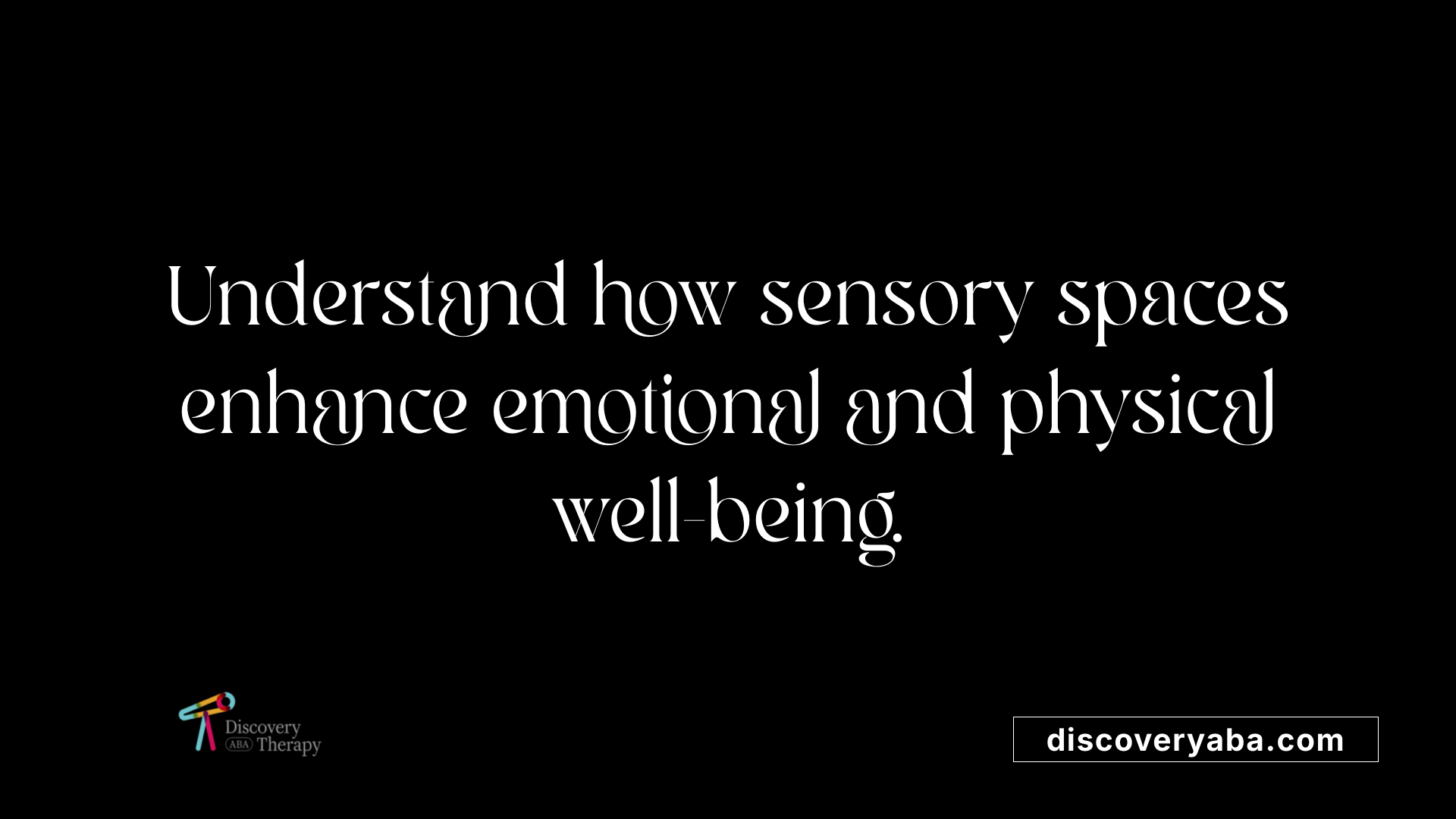
What benefits do sensory-friendly spaces offer for the well-being of autistic children and adults?
Sensory-friendly spaces provide essential support for autistic individuals by creating environments that respect and accommodate their sensory processing needs. One of the primary benefits is the reduction of sensory overload, which can lead to distress, anxiety, or even physical discomfort. These spaces are thoughtfully designed with features such as adjustable lighting, soft colors like blue and green, and noise-reducing tools, which help create a calming atmosphere.
In addition to easing sensory overload, these environments promote emotional regulation. Tools like weighted blankets, tactile toys, and deep pressure equipment calm the nervous system, helping individuals manage stress and prevent meltdowns. The inclusion of familiar, soothing sounds—such as nature noises or white noise machines—further enhances relaxation.
Sensory-friendly areas also support focus and concentration. By reducing distractions through organized layouts, quiet zones, and sensory tools, individuals can engage more effectively in activities or social interactions. This increased focus fosters participation in learning, recreation, and socialization.
Another significant advantage is the enhancement of independence and societal inclusion. Sensory environments that are predictable and structured help build confidence and self-awareness. Visual supports, routines, and accessible designs enable individuals to navigate environments like schools, workplaces, or public venues more comfortably. This improved access promotes social participation, reduces feelings of exclusion, and helps individuals develop greater autonomy.
Overall, sensory-friendly spaces contribute to a better quality of life for autistic children and adults by offering safe, soothing environments that enhance emotional well-being, support social and emotional skills, and foster a more inclusive society.
| Aspect | Benefits | Additional Details |
|---|---|---|
| Reduction of sensory overload | Less distress, anxiety, and physical discomfort | Soft lighting, noise control, calming tools |
| Emotional regulation | Improved stress management and prevention of meltdowns | Deep pressure tools, soothing sounds |
| Focus and participation | Increased ability to concentrate and engage in activities | Organized layout, sensory toys |
| Independence and inclusion | Confidence in navigating environments and social inclusion | Visual cues, accessible design |
| Overall quality of life | Better emotional, social, and physical well-being | Safe, predictable, comforting spaces |
Creating these environments is vital for promoting health, well-being, and equality for individuals with sensory differences, helping them lead more comfortable and fulfilling lives.
Strategies and Best Practices for Developing Sensory-Friendly Spaces
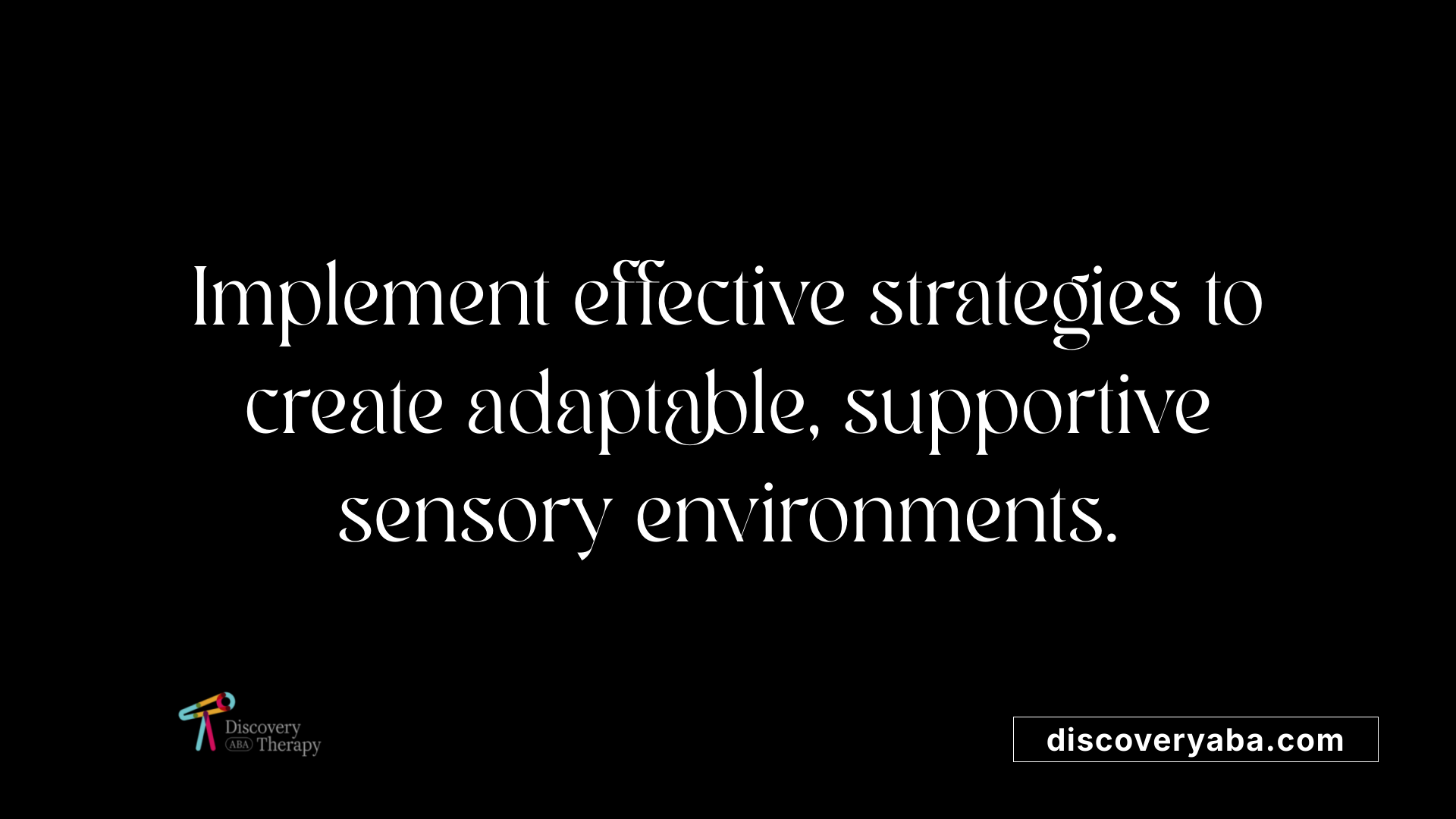
What strategies and best practices are effective in creating and implementing sensory-friendly spaces?
Creating effective sensory-friendly environments requires a thoughtful approach that prioritizes individual needs and promotes comfort. The first step involves a thorough assessment of sensory requirements through observation and collaboration with caregivers, educators, and occupational therapists. This helps identify specific sensitivities and preferences.
Designing a flexible space is crucial. The environment should be adaptable, with adjustable lighting—such as dimmable lights or natural light—and sound control measures, including soundproofing or noise-absorbing materials. Organizing clutter and using calming colors like blue and green help reduce visual overstimulation.
Incorporating a variety of sensory tools aids regulation and engagement. Items like weighted blankets, fidget toys, tactile objects, and visual calming elements such as light projectors and sensory walls are effective. Movement options like exercise balls or swing chairs also provide vestibular stimulation essential for sensory regulation.
Dedicated quiet zones or sensory corners with soft lighting, comfortable seating, and visual supports encourage relaxation and self-regulation. Training staff and caregivers ensures they understand how to use equipment properly and respond to sensory needs. Routine reassessment guarantees the environment remains supportive as needs evolve.
Including individuals with sensory differences in the planning stage fosters inclusivity. Their feedback helps tailor the space, making it more effective in reducing overload and promoting participation. Ultimately, these strategies create a safe, adaptable, and engaging environment that supports sensory regulation and emotional well-being.
Environmental Adaptations and Support Strategies for Sensory Processing Needs
What is the role of sensory environments and adaptations in supporting sensory processing needs?
Sensory environments and modifications are vital tools for supporting individuals with diverse sensory processing requirements. These tailored spaces aim to lessen discomfort and foster a sense of calm by addressing all eight senses: sight, sound, smell, touch, taste, vestibular, proprioception, and interoception.
Creating a sensory-friendly environment involves strategic adjustments such as adjustable lighting, soundproofing, and the inclusion of sensory tools like weighted blankets, fidget toys, and sensory walls. These features help manage sensory input, reducing the risk of overload, which can cause distress or anxiety.
Empowering individuals—particularly those with autism spectrum disorder, ADHD, PTSD, or heightened anxiety—by giving them control over their sensory experiences can significantly improve their comfort and engagement. For example, offering options like sensory diets, adjustable lighting, or accessible sensory rooms fosters predictability and personal agency.
The incorporation of sensory equipment such as deep pressure tools, tactile objects, and calming sounds supports emotional regulation. These adaptations can also boost focus, participation, and social interaction by creating predictable, safe environments that respond to sensory needs.
Overall, sensory environments and customized strategies serve a dual purpose: reducing sensory triggers that cause discomfort and enhancing the ability of individuals to manage their responses effectively. Such inclusive spaces not only improve emotional well-being but also promote learning, independence, and social integration, making them essential elements in supportive settings.
Resources, Tips, and Involvement of Caregivers and Practitioners
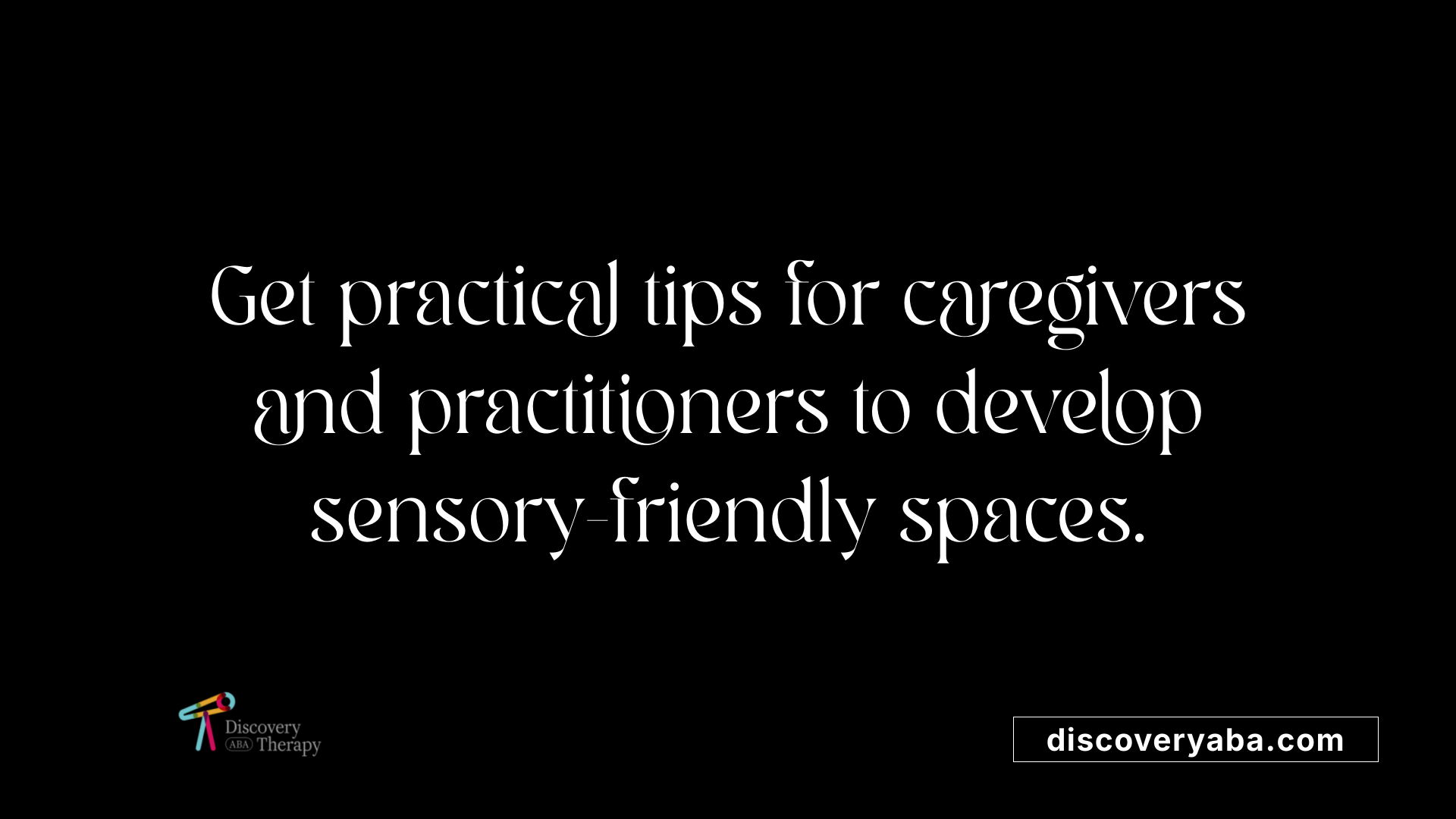
What resources and strategies can caregivers and practitioners use to develop effective sensory-friendly spaces?
Creating sensory-friendly environments requires a thoughtful combination of assessment, planning, and ongoing evaluation. Caregivers and practitioners should start by conducting thorough assessments to understand each individual's unique sensory sensitivities and preferences. This personalized approach ensures that the space is tailored to meet specific needs, whether they relate to visual, auditory, tactile, or other sensory stimuli.
Involving the individual—especially children with autism—in the planning process helps identify preferred tools and calming strategies, making the environment more effective and engaging. Based on these assessments, environmental modifications play a crucial role. Adjusting lighting with dimmable or natural light options, reducing background noise through sound-absorbing materials like carpets and curtains, and decluttering spaces help create a calming atmosphere.
Incorporating sensory tools such as weighted blankets, fidget toys, tactile objects, and bubble tubes supports sensory regulation. Designating quiet zones or sensory areas equipped with soft seating and sensory equipment ensures a dedicated space for calming and self-regulation. Visual supports like social stories, clear signage, and visual schedules help children navigate the environment confidently.
Furthermore, adopting a holistic approach that involves educators, therapists, caregivers, and community members fosters consistency across settings. Regularly re-evaluating the environment—based on observations and feedback—allows ongoing adjustments to meet evolving sensory needs.
By implementing these strategies, caregivers and practitioners can develop inclusive, effective sensory-friendly spaces that help reduce sensory overload, promote emotional regulation, and support active participation in daily activities.
Fostering Inclusive and Supportive Spaces
Creating sensory-friendly environments is vital for supporting the diverse needs of autistic children, enhancing their emotional well-being, promoting social inclusion, and fostering independence. Through thoughtful design, empathetic strategies, and ongoing collaboration among caregivers, educators, and community members, we can build accessible spaces that empower autistic individuals to thrive in all areas of life.
References
- Sensory Room for Autistic Children - Inclusive ABA Therapy for Autism
- The use of Multi-Sensory Environments with autistic children
- What Is a Sensory-Friendly Environment?
- The Impact of Sensory-Friendly Spaces on Autistic Individuals -
- Sensory Room Ideas for Children with Autism - PediaPlex
- Use of sensory adaptive environments with autistic children
- Supporting Sensory Diversity: Building Inclusive Classrooms
Does Your Child Have An Autism Diagnosis?
Learn More About How ABA Therapy Can Help
Find More Articles
Contact us
North Carolina, Nevada, Utah, Virginia
New Hampshire, Maine
Arizona, Colorado, Georgia, New Mexico, Oklahoma, Texas
.avif)








